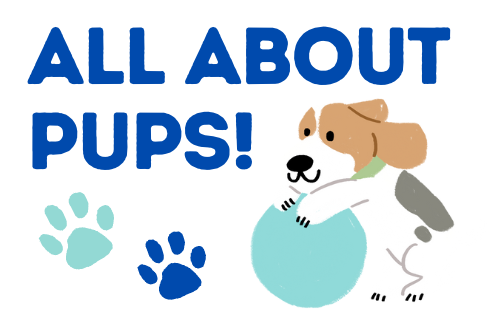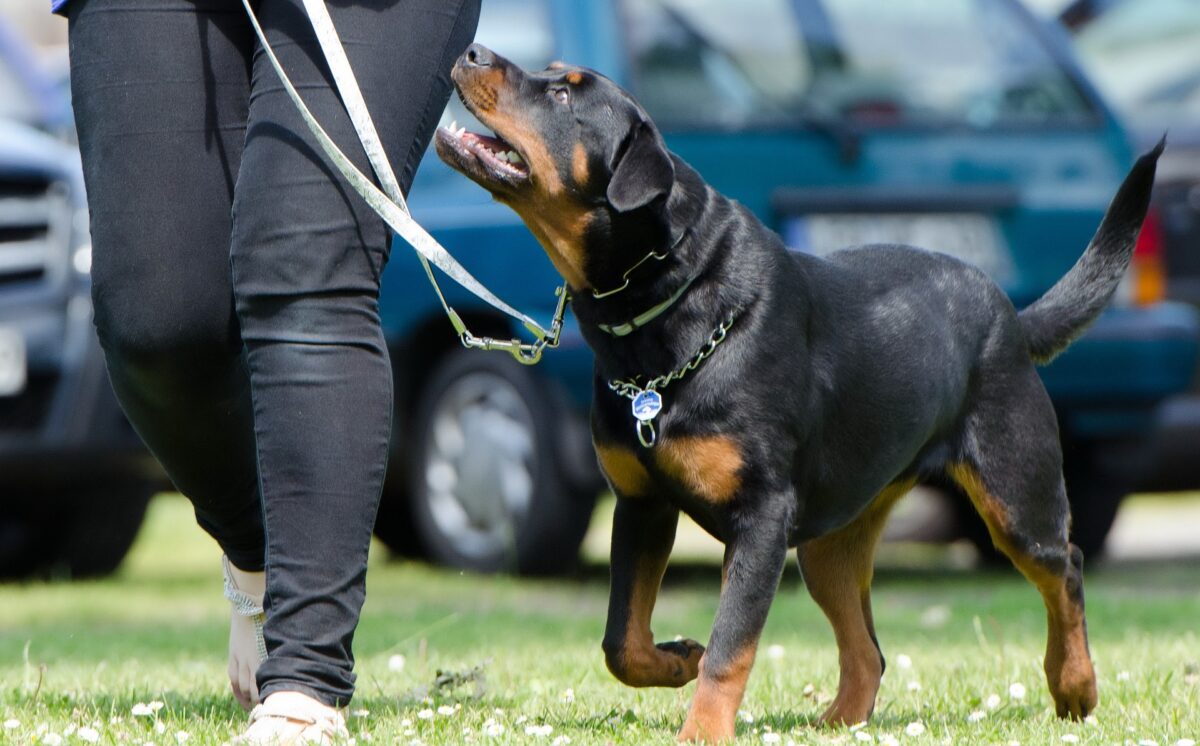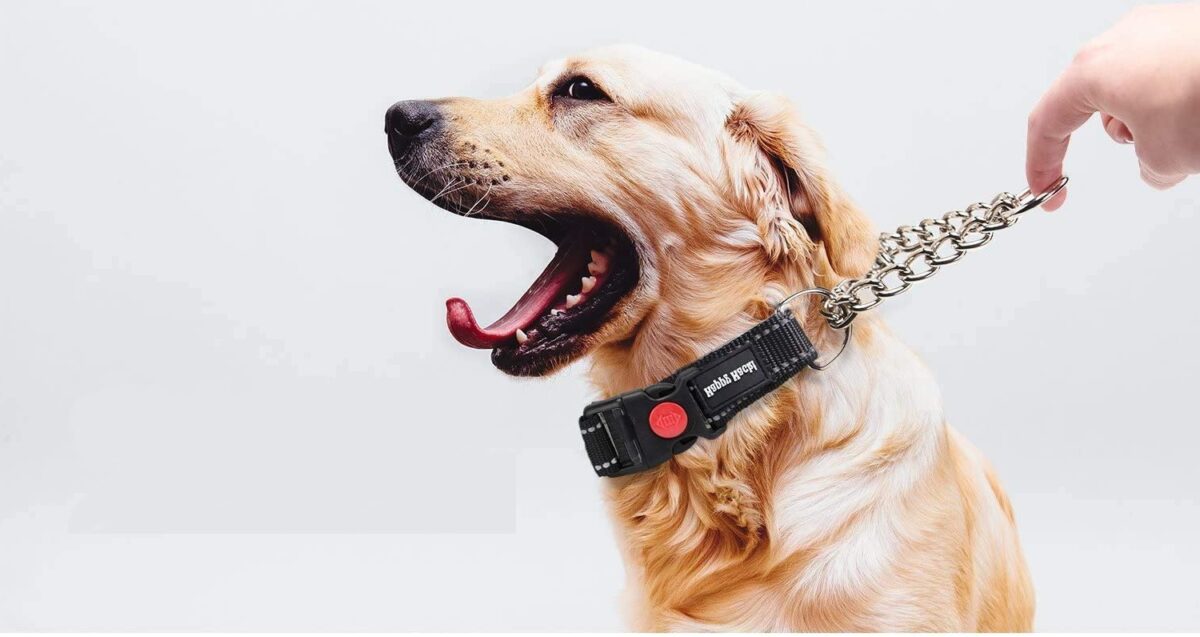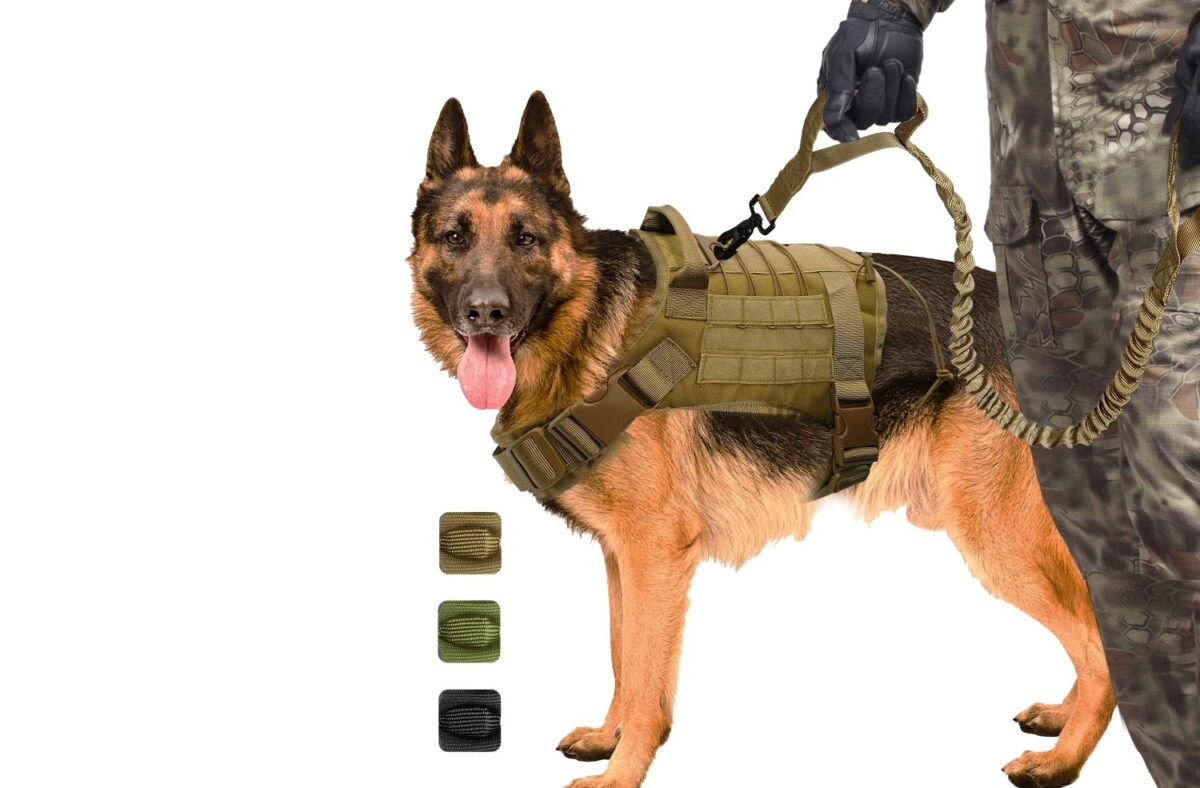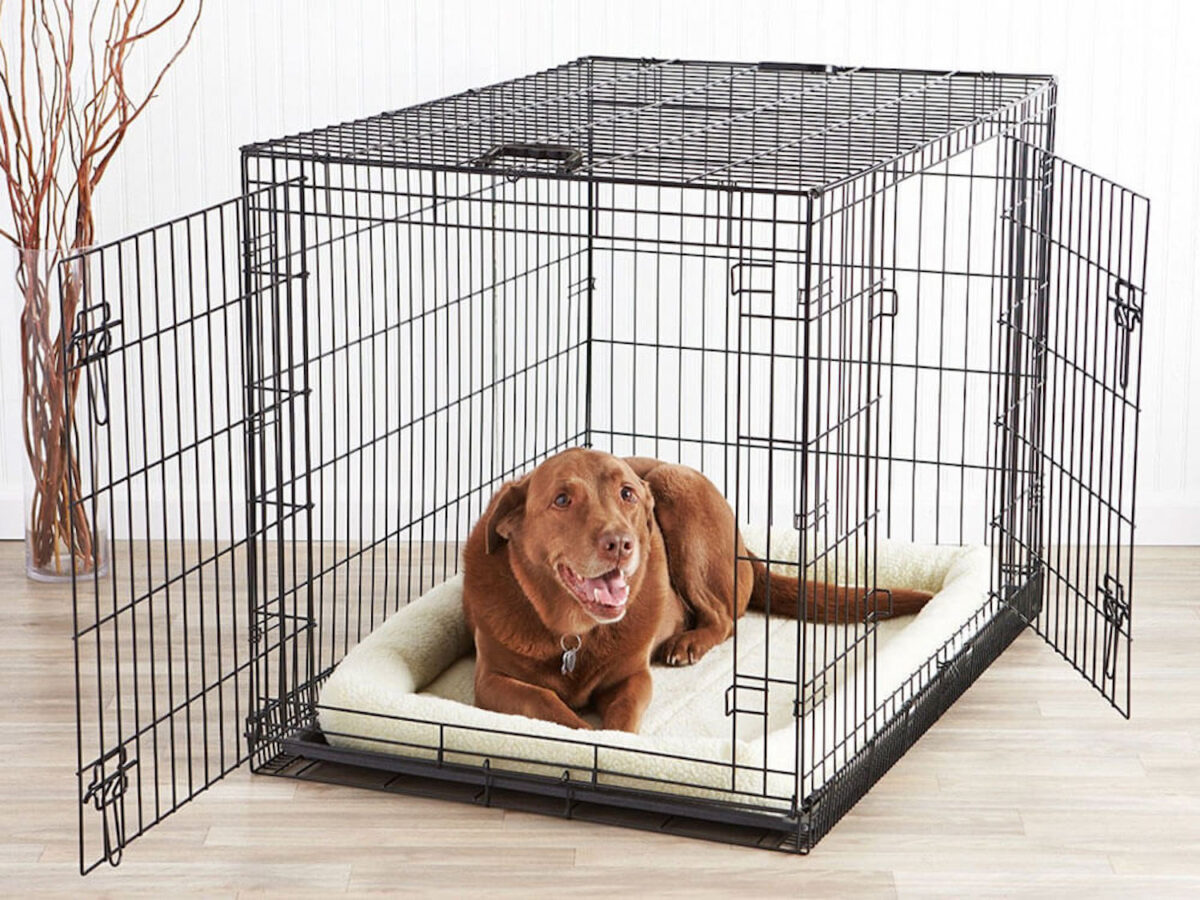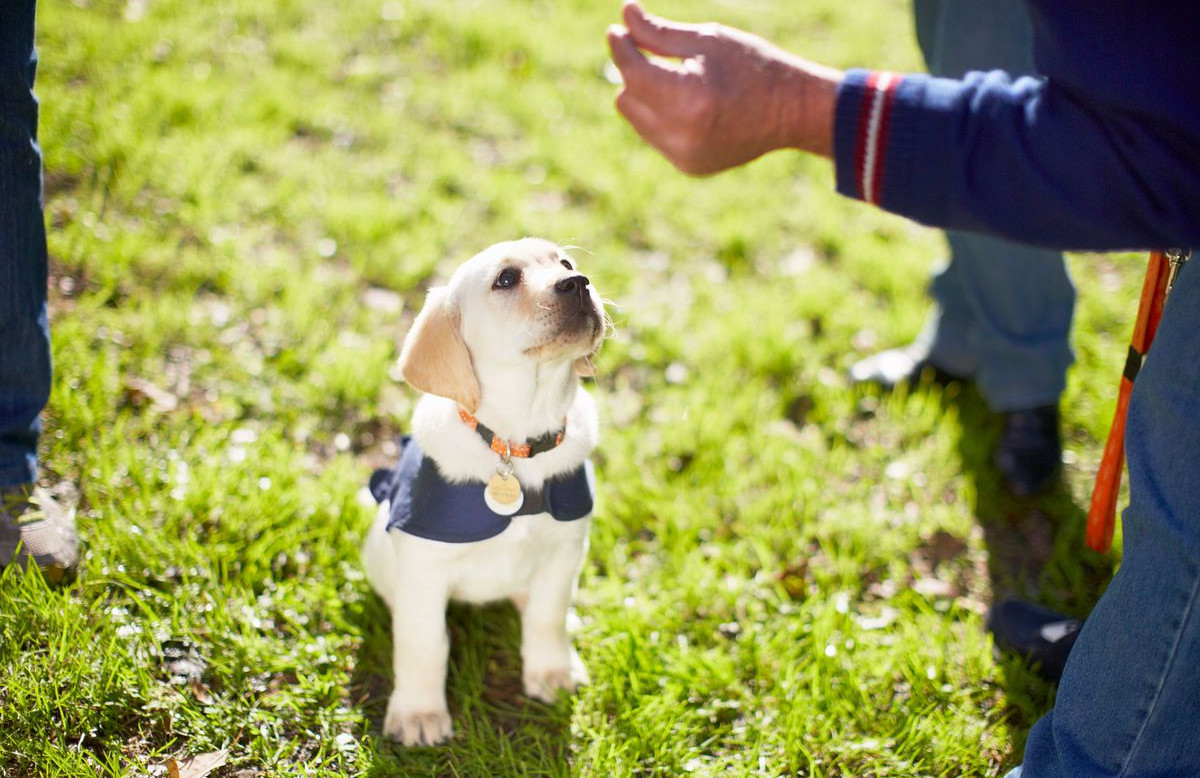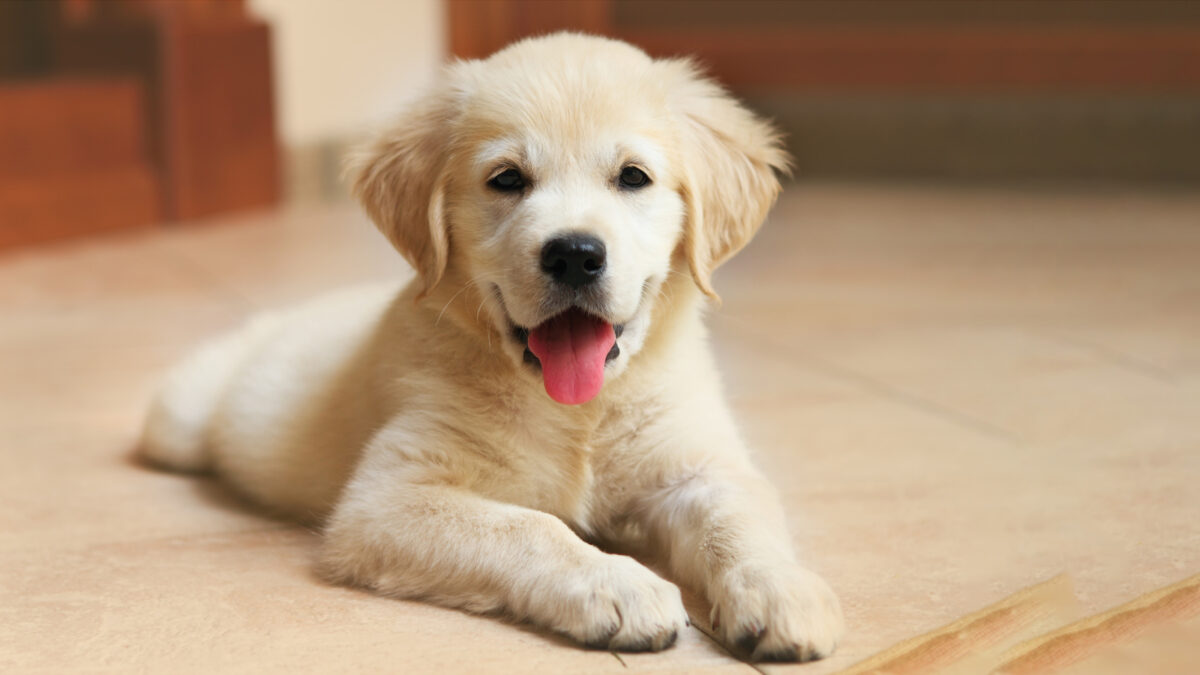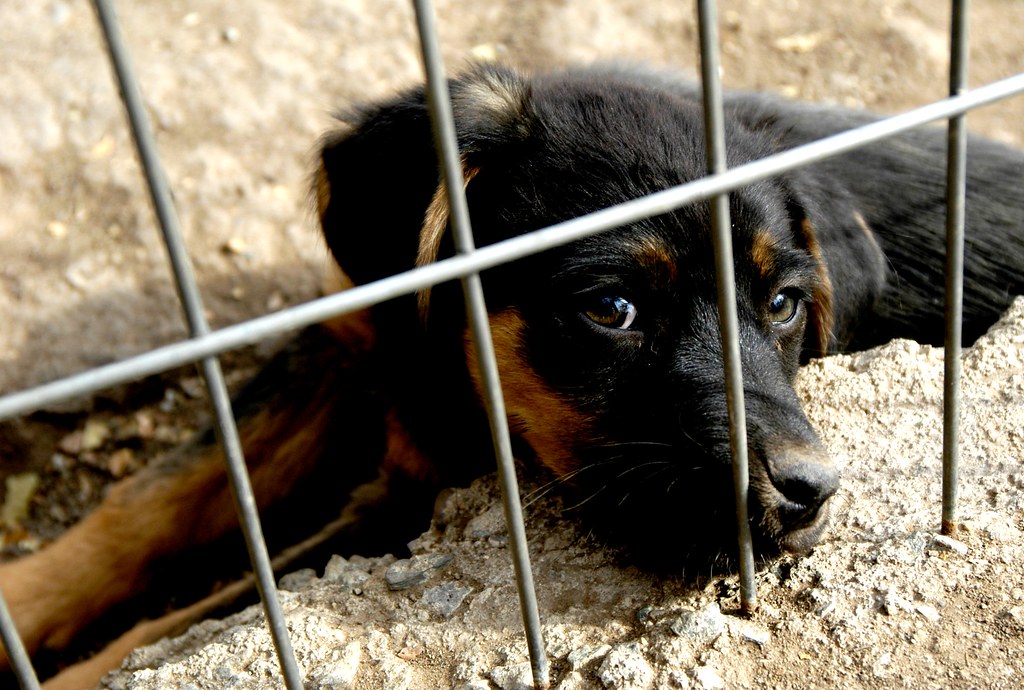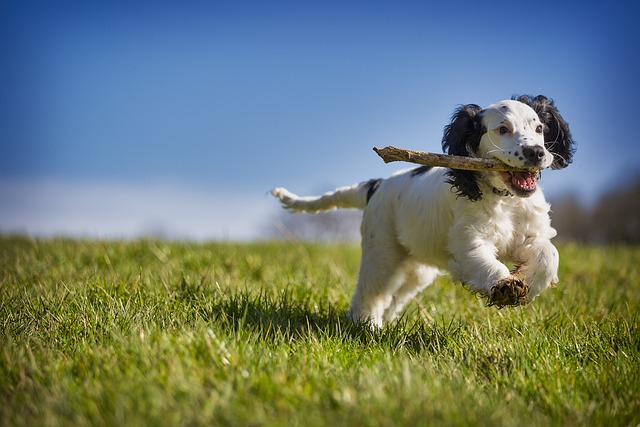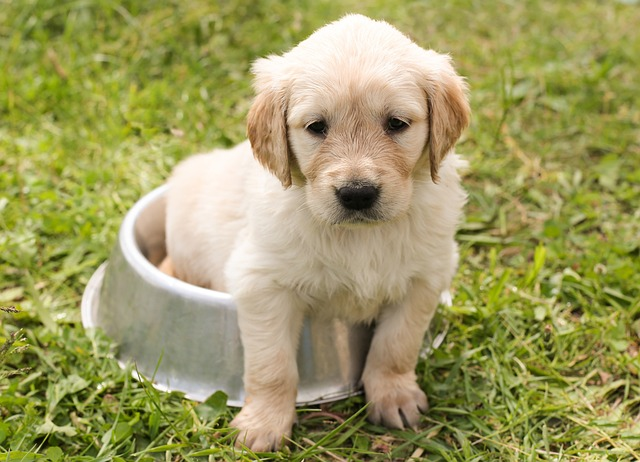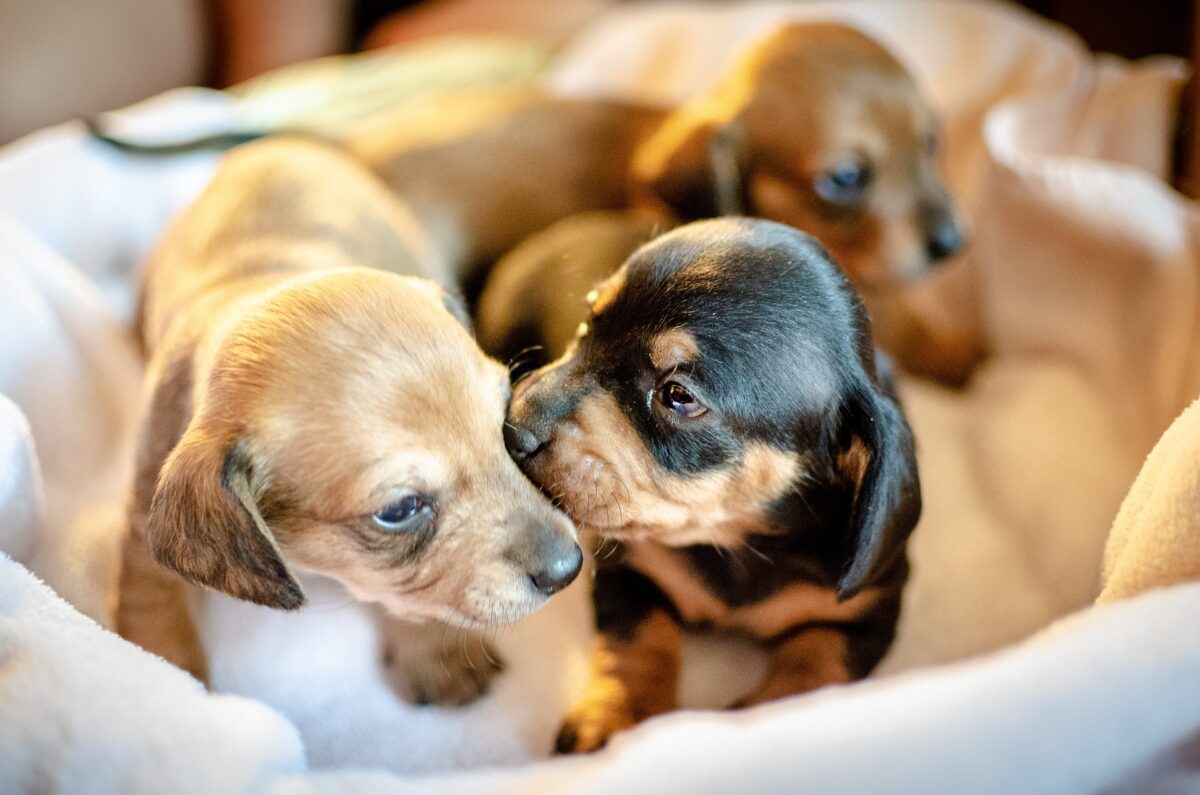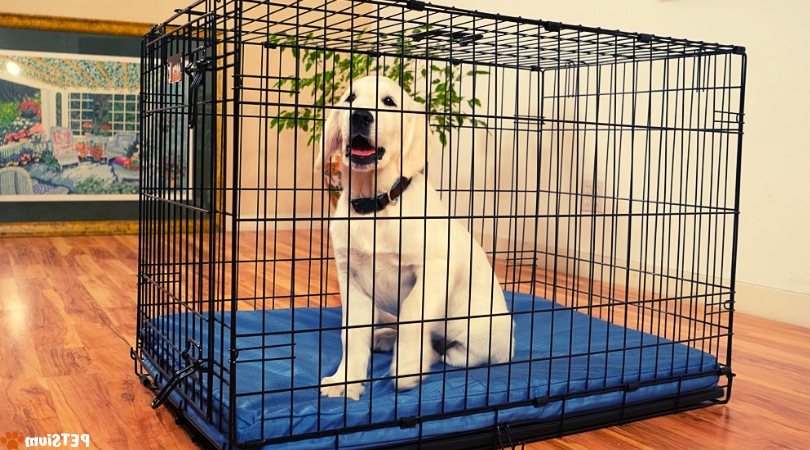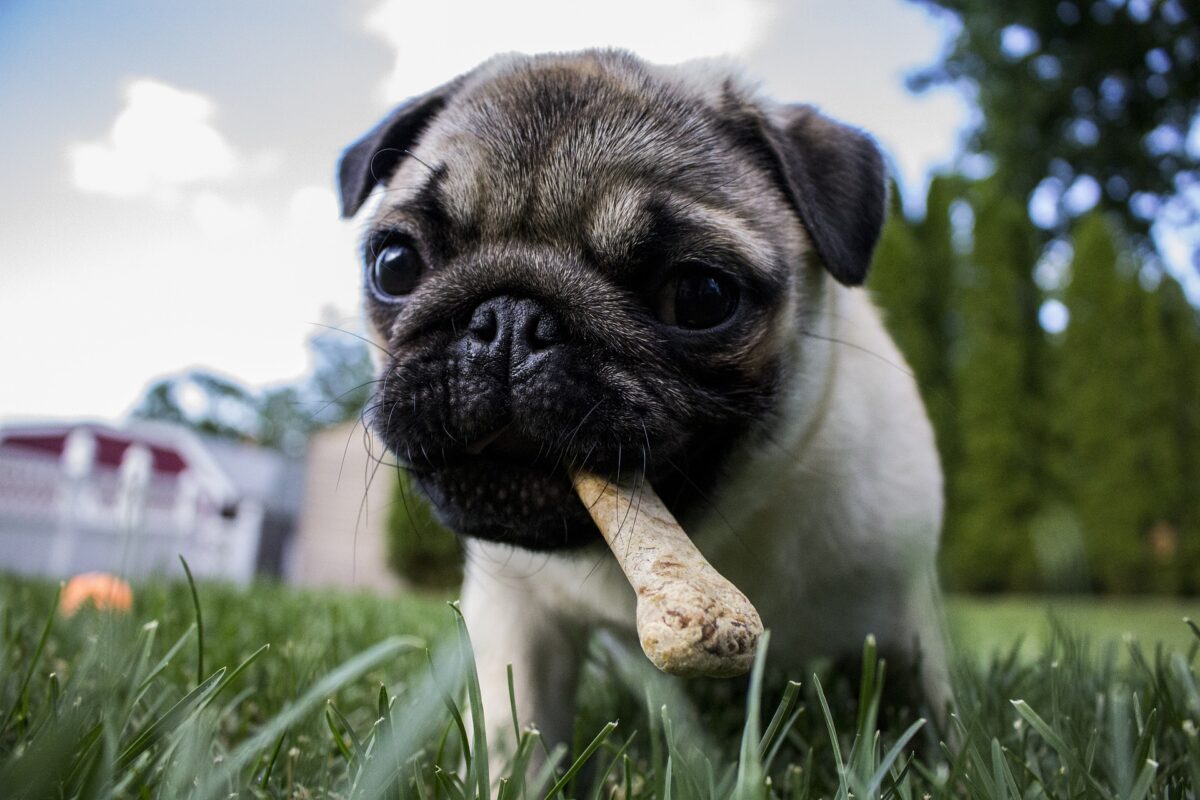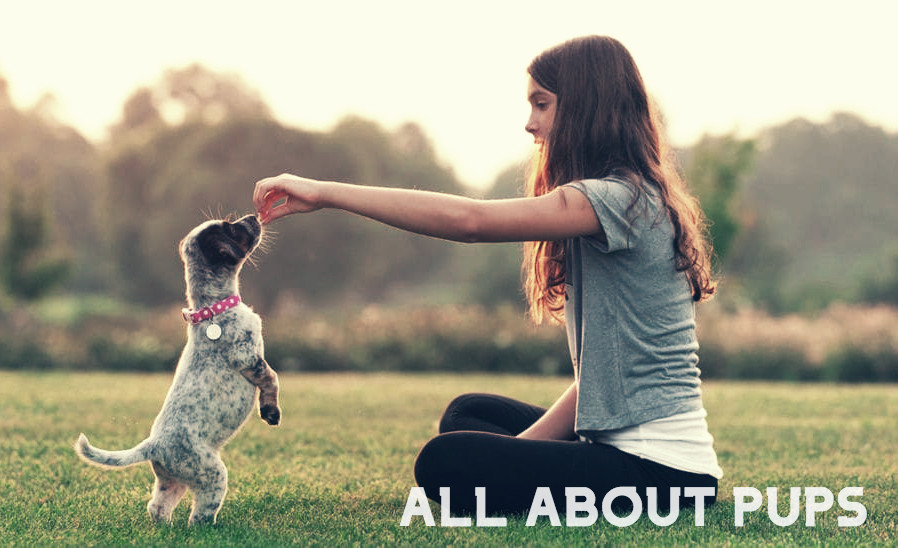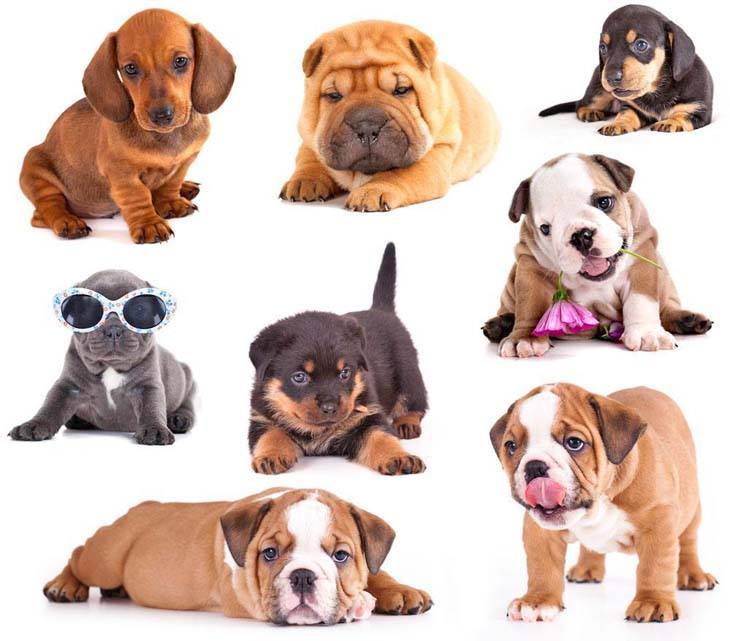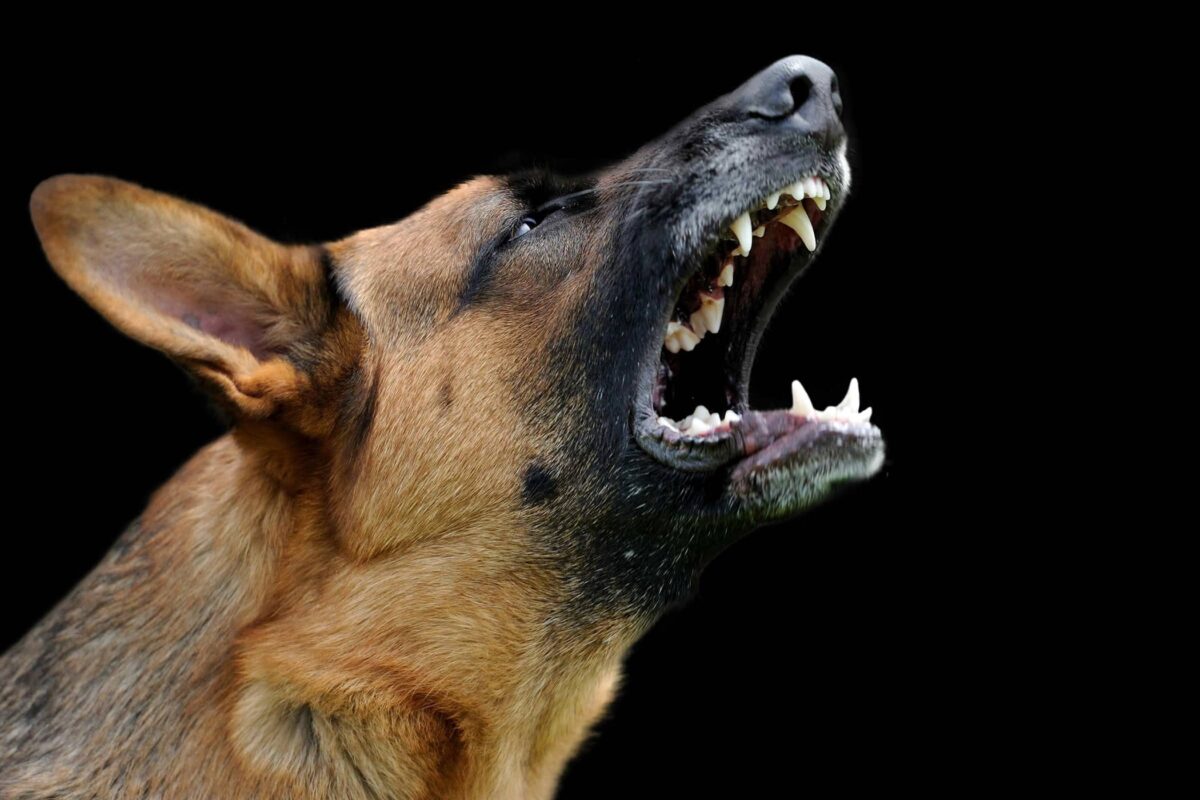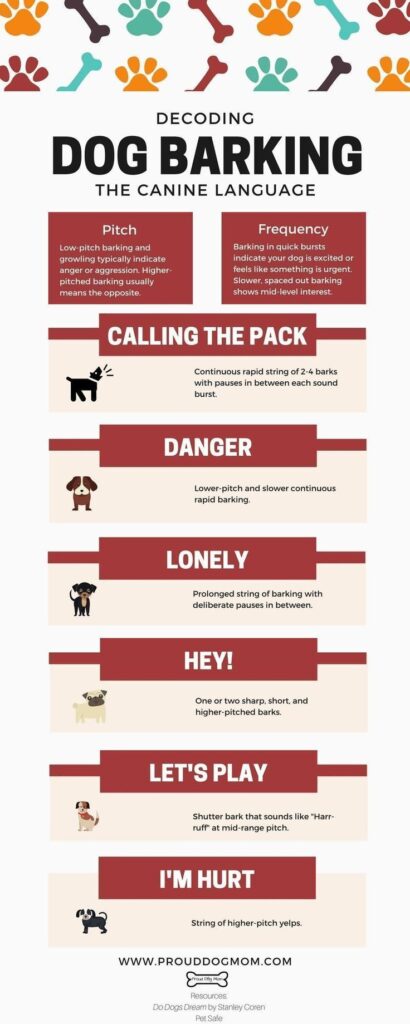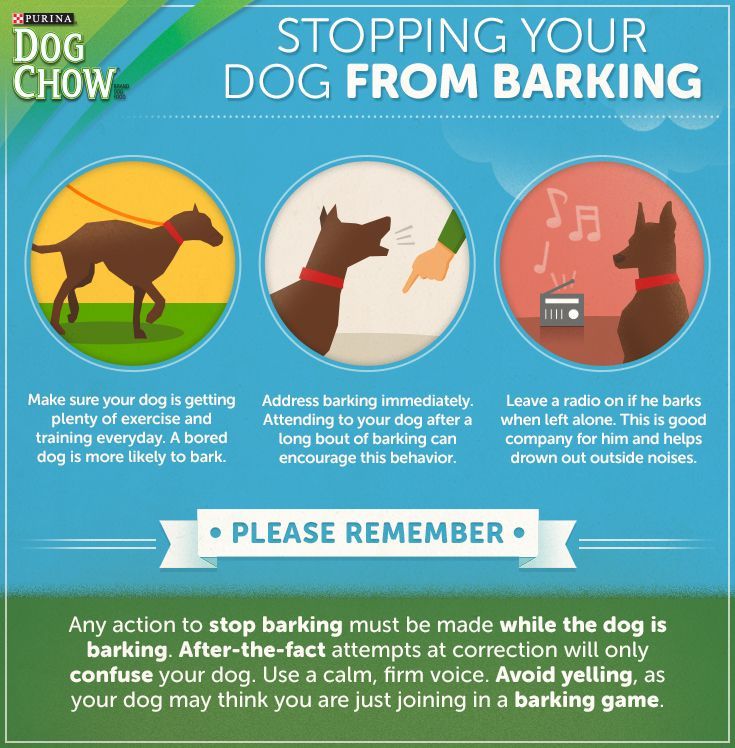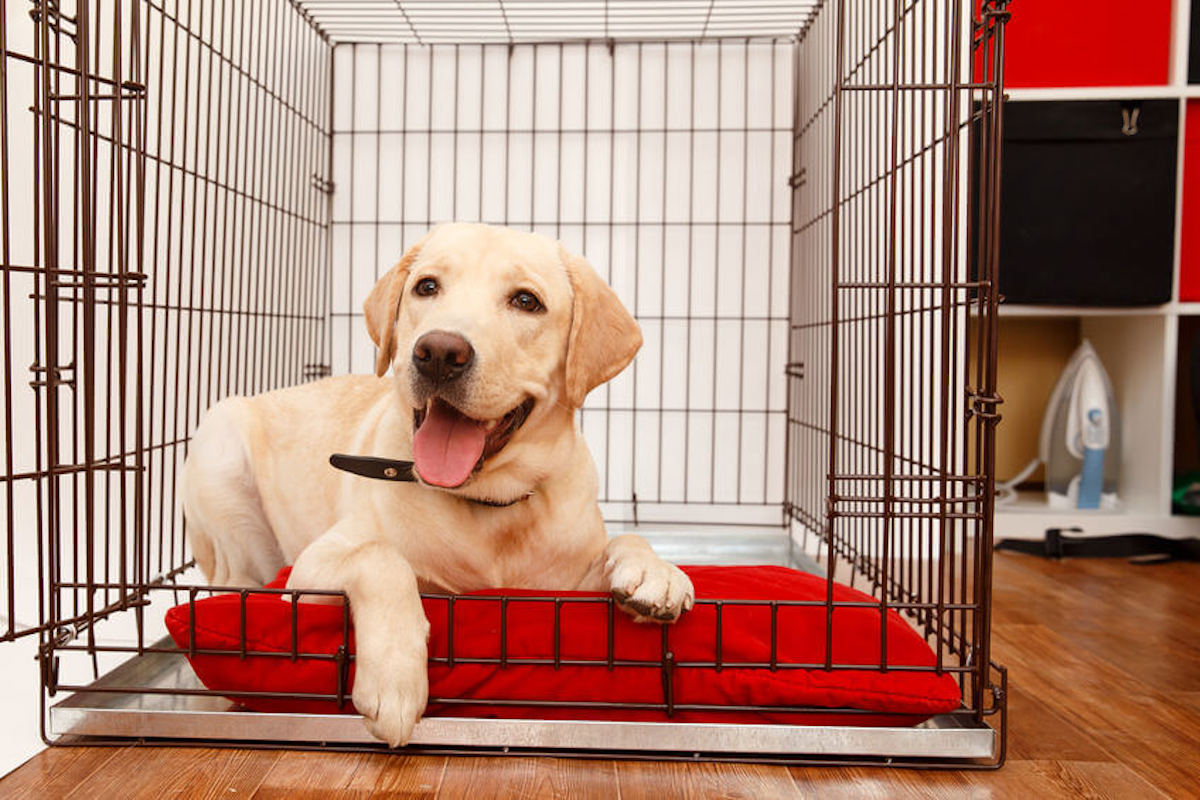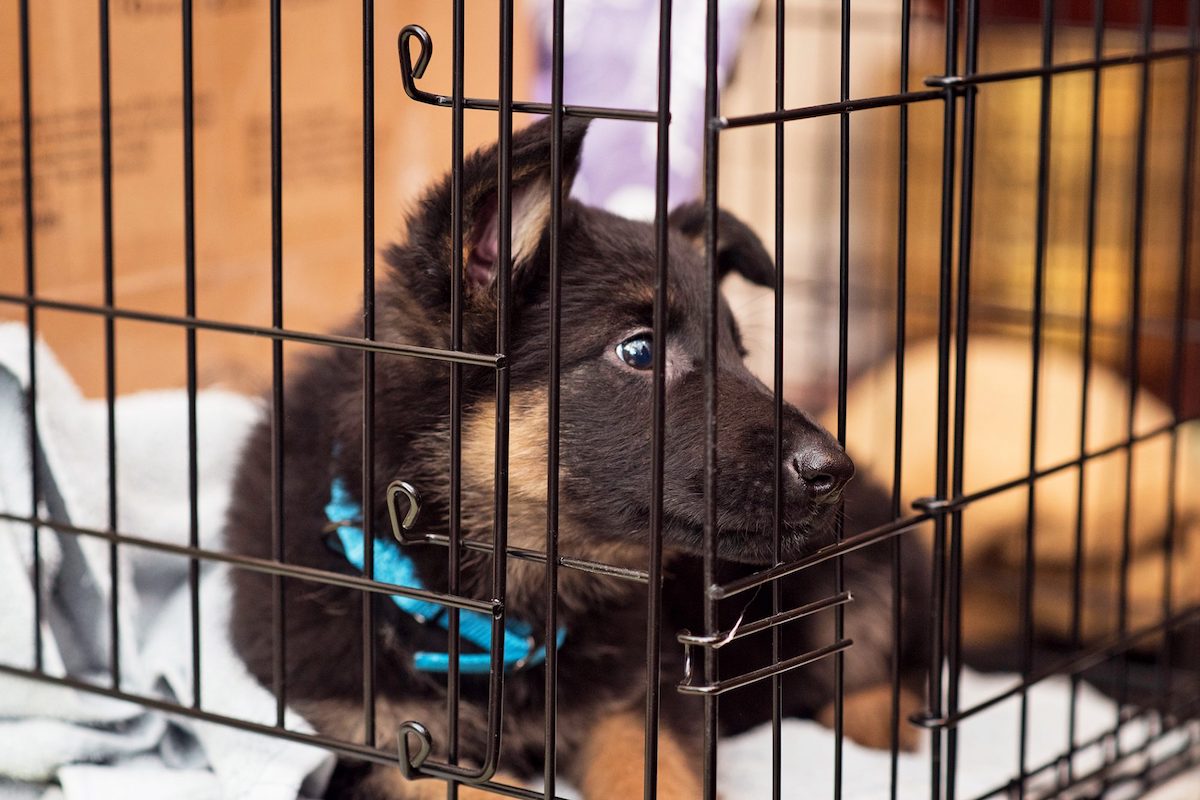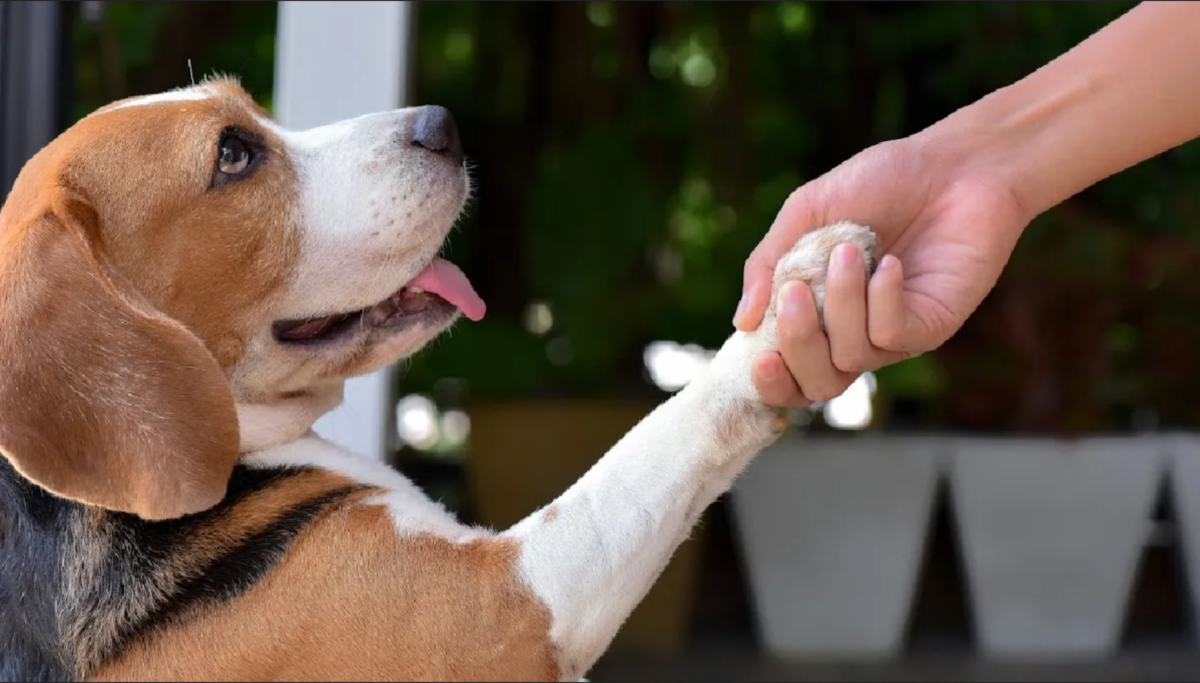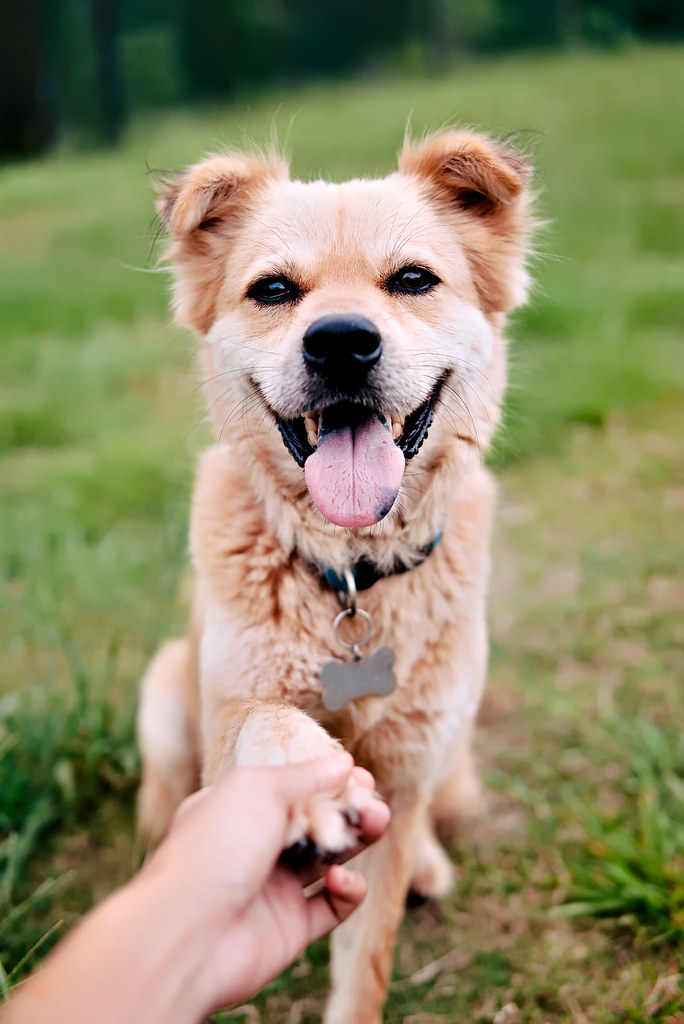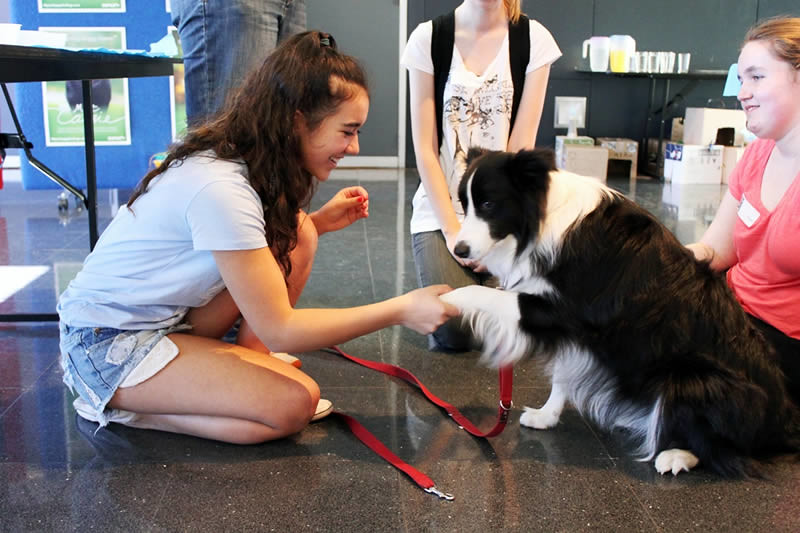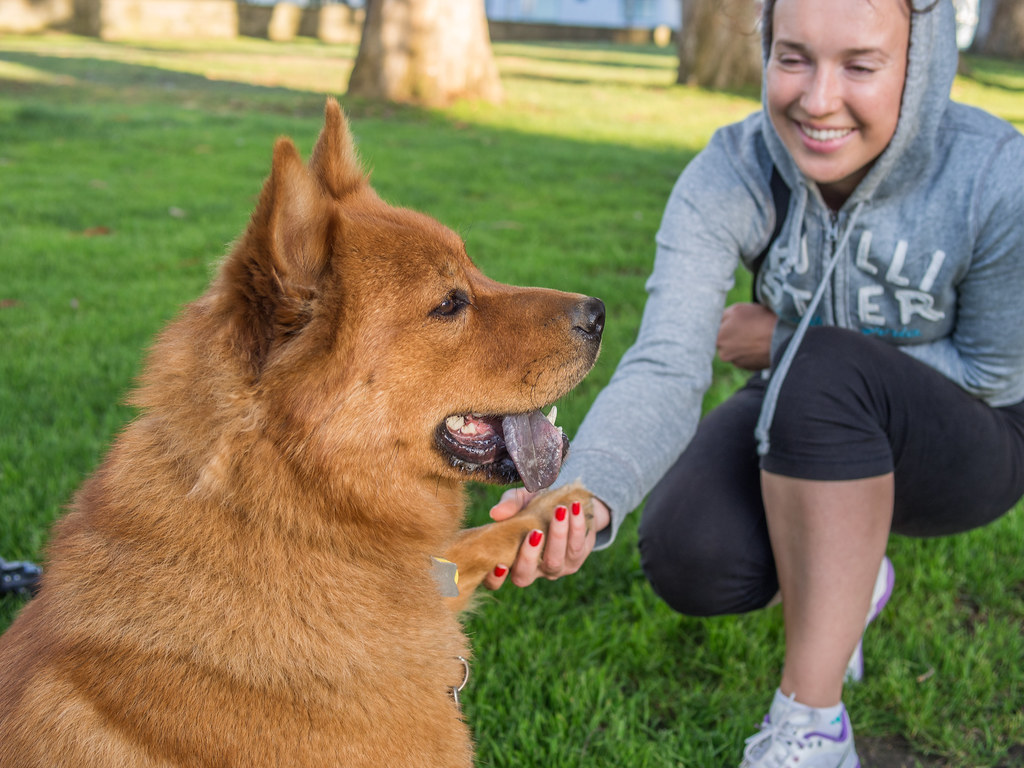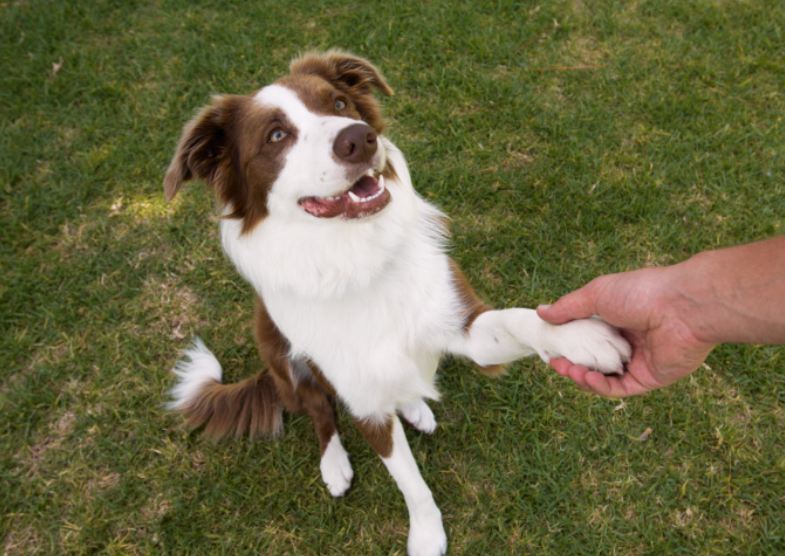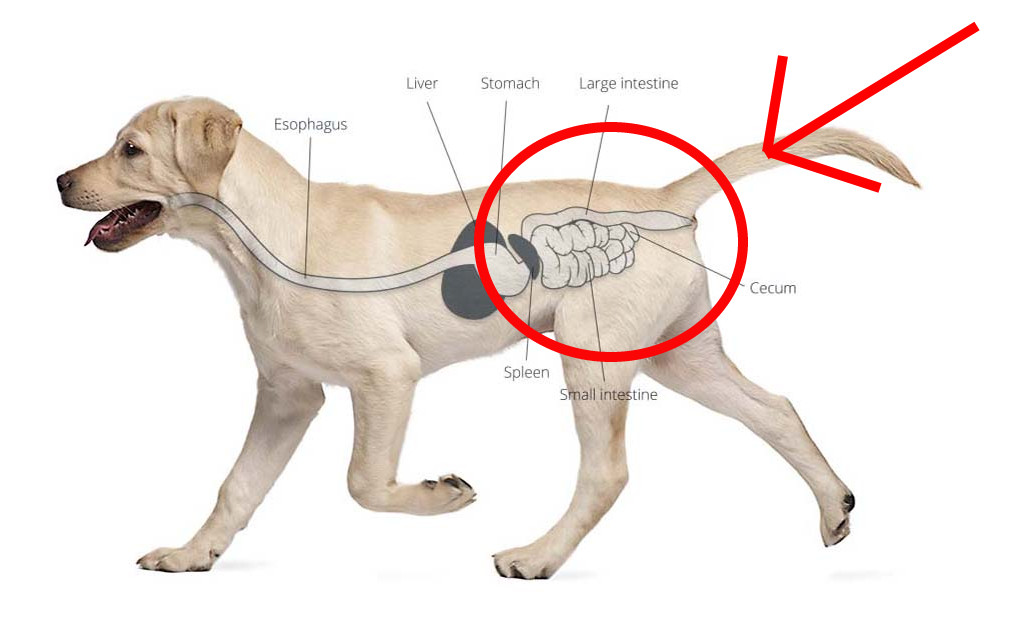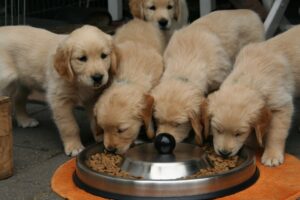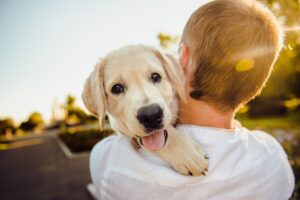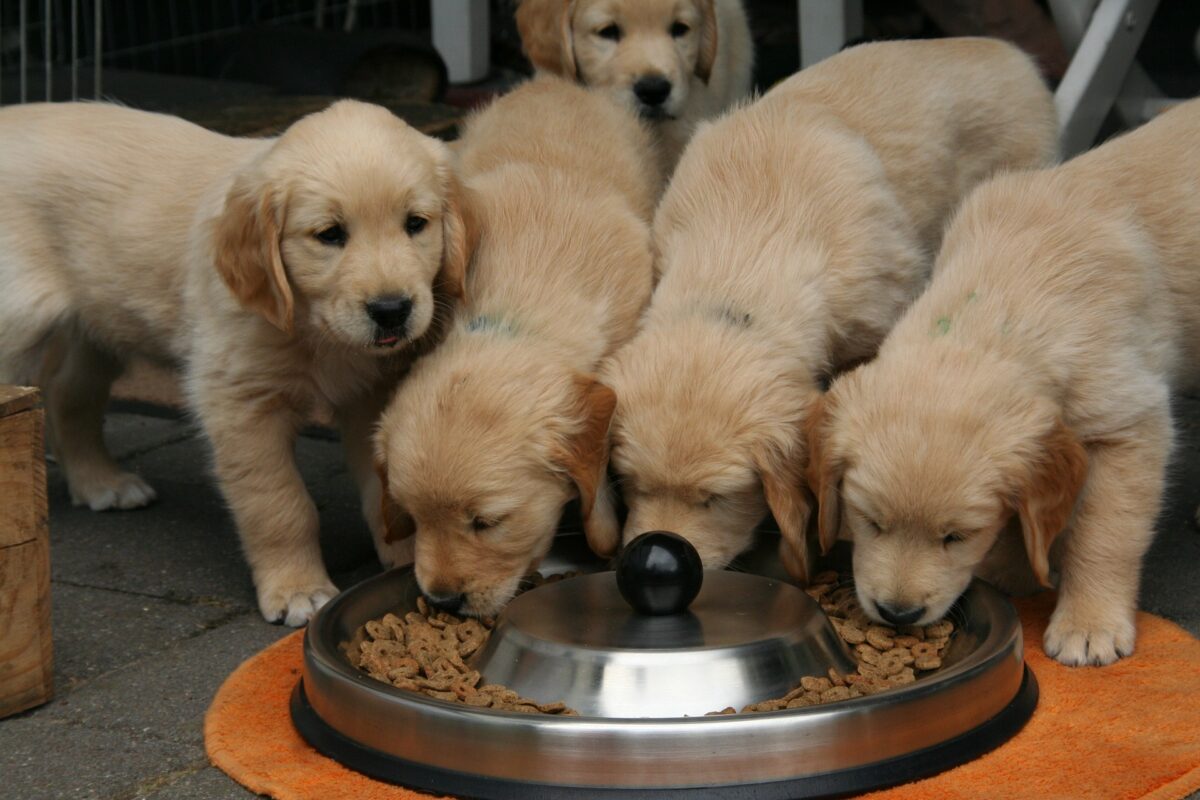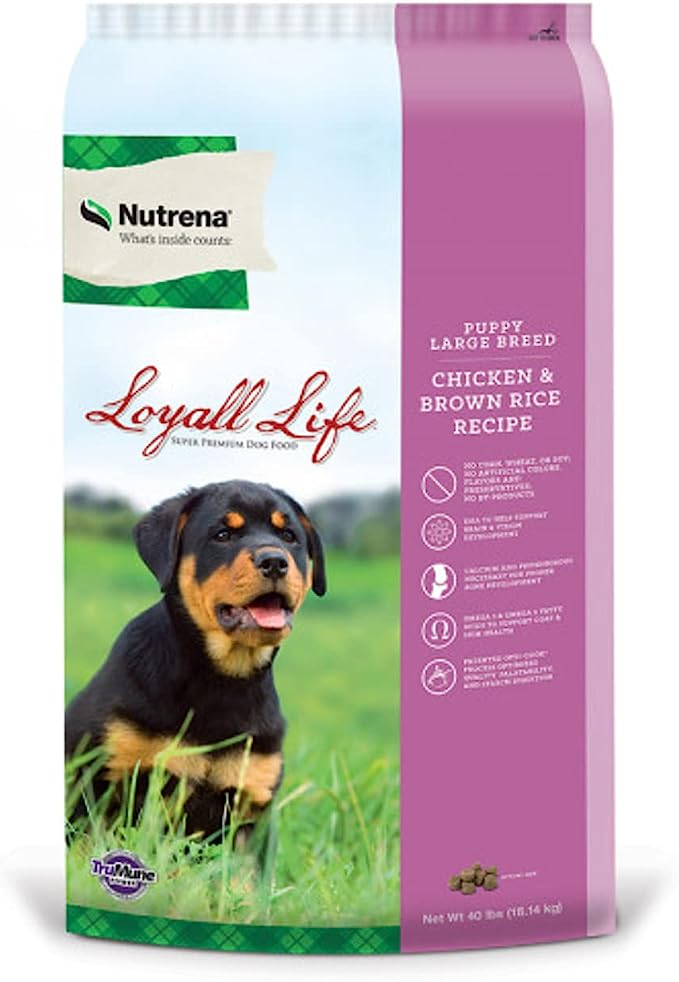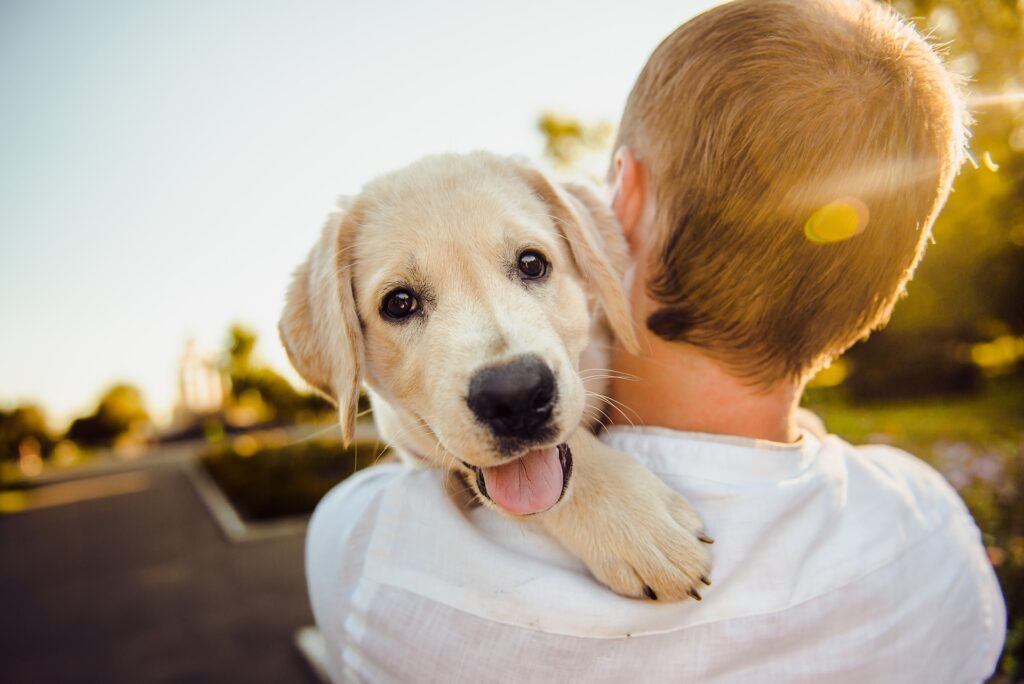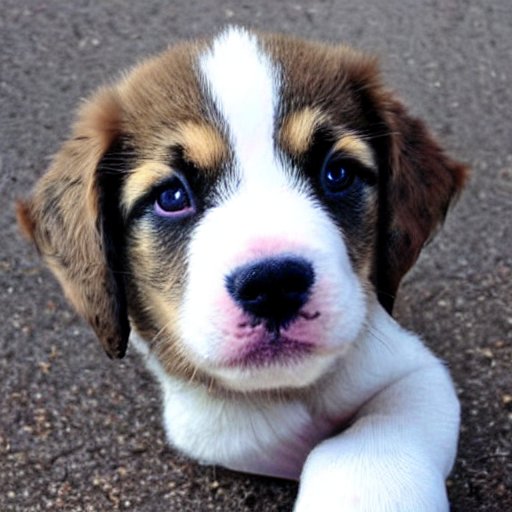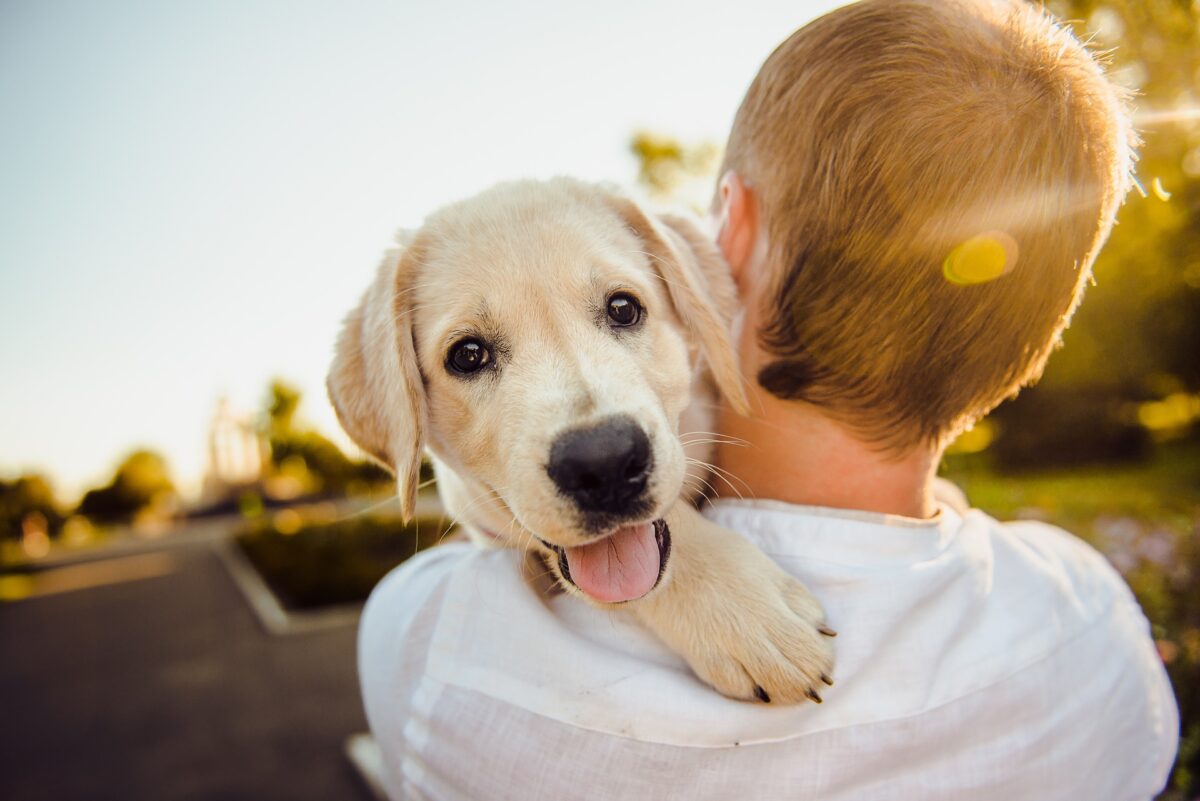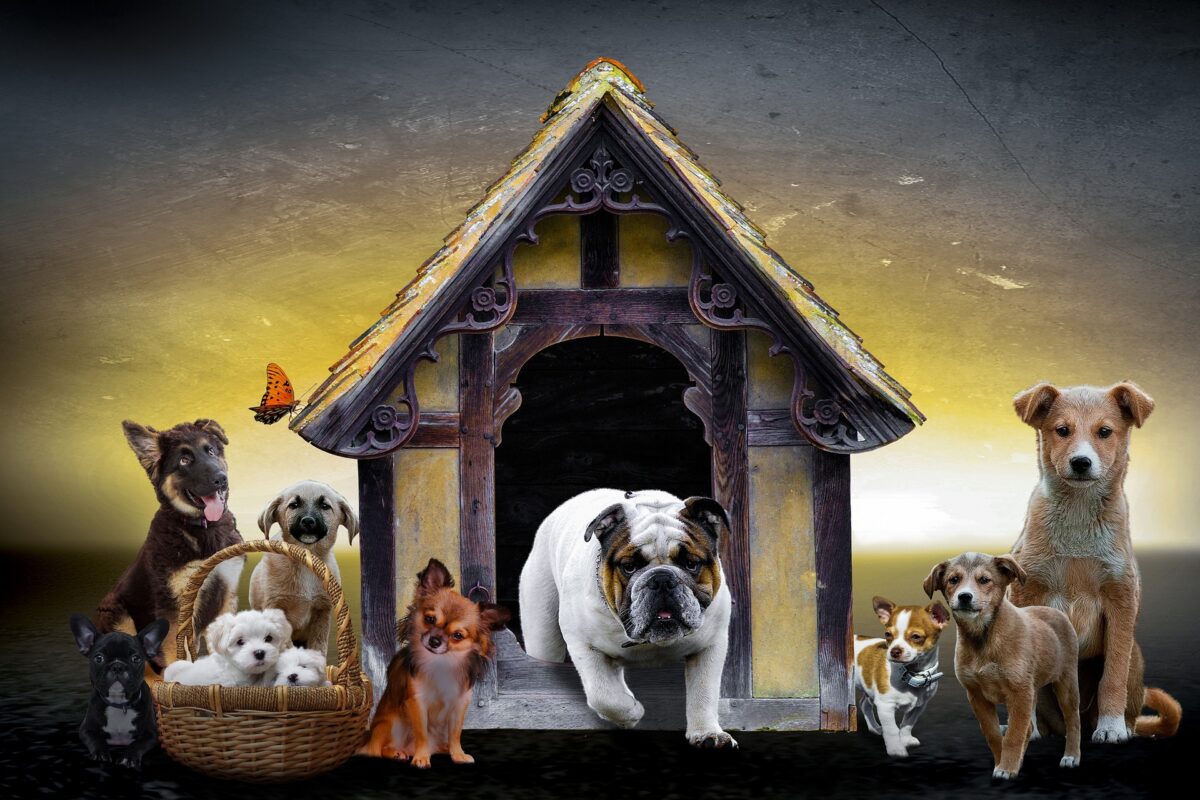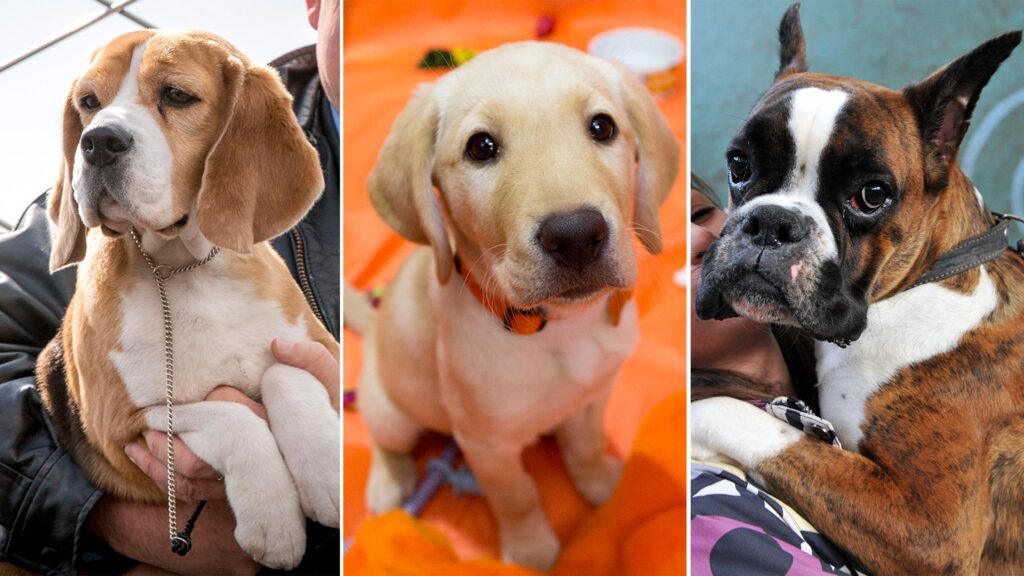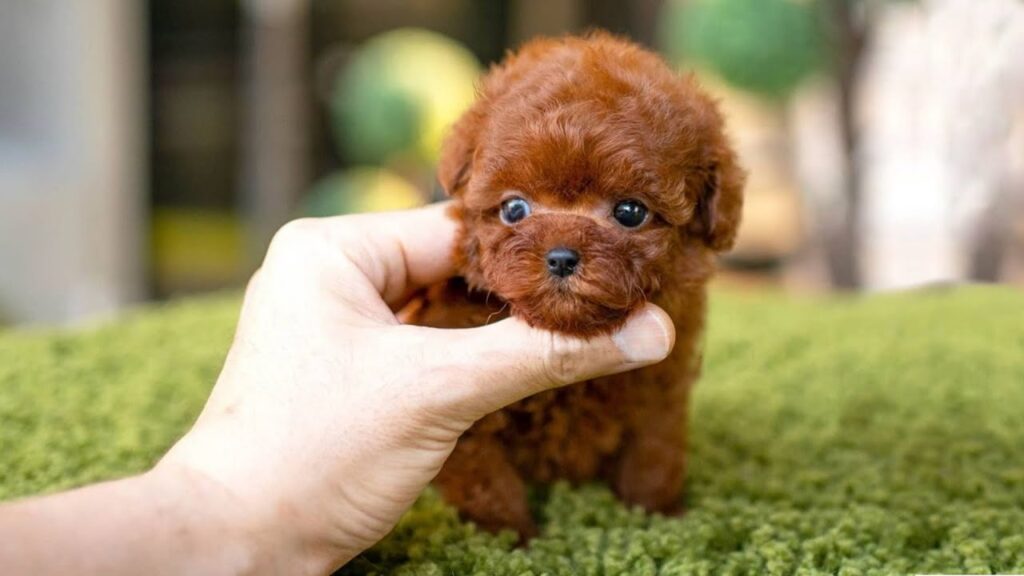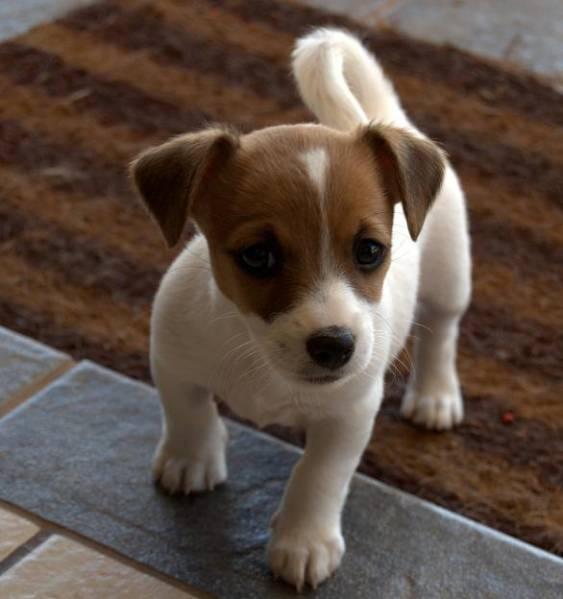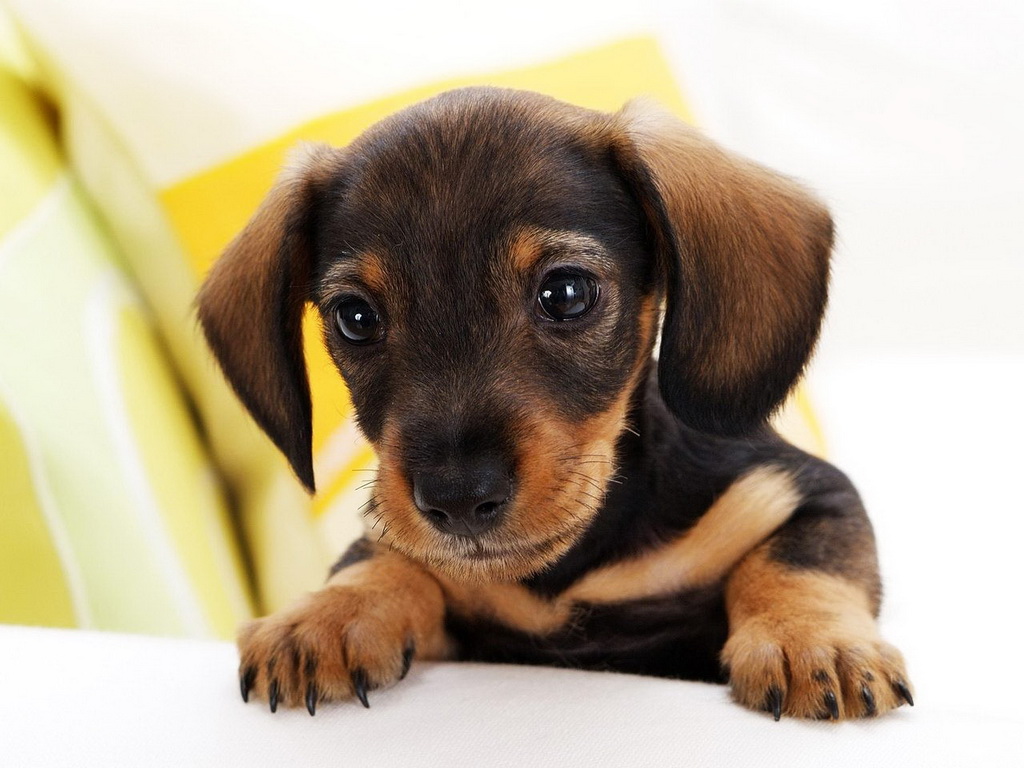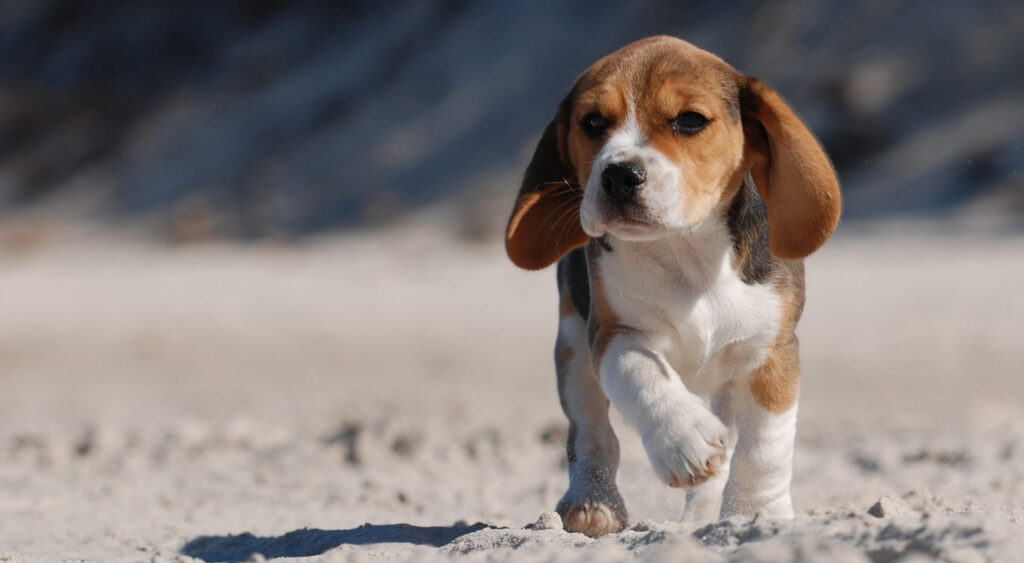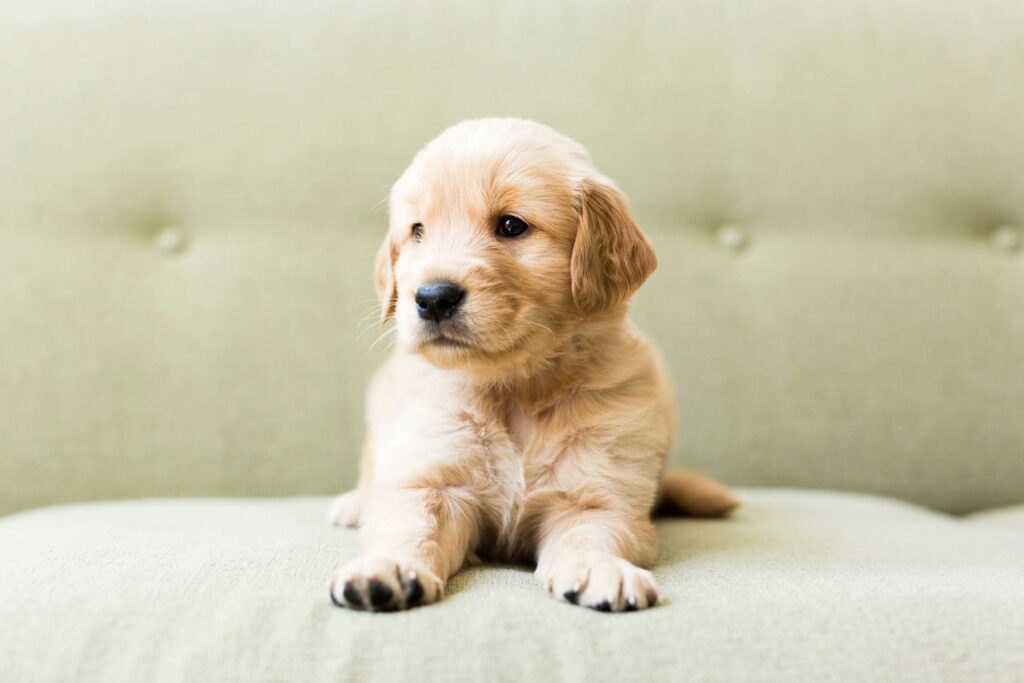Dog Training Near Me – ULTIMATE Guide!
Introduction
Where To Find Dog Training Near Me
Are you tired of searching for puppy level dog training centers near you? Want a hassle-free way to train your furry friend? Look no further! In-home dog training is the solution you’ve been waiting for. Get the service you need to wag your dog’s tail with joy.
Benefits of In-Home Dog Training
Picture this: no more rushing through traffic or dealing with crowded classes. With in-home dog training, the convenience of having a personal tutor right at your doorstep is unparalleled. The trainer comes to your home, saving you time and effort. It’s like having a personal tutor right at your doorstep, providing private lessons tailored to your puppy level. In addition to the convenience, in-home dog training also fosters a sense of service and community within your own home.
But it’s not just about convenience; in-home dog training offers so much more. By learning in their familiar surroundings, dogs feel comfortable and at ease at the puppy level. This relaxed environment allows them to focus better and absorb the sustained obedience training techniques more effectively, creating a strong community bond between the dog owner and the wagging pup.
Addressing behavior issues at the puppy level within the context of your home is crucial for dog owners. Every household has its unique dynamics, and understanding these dynamics helps tailor the training specifically for your dog’s needs. Whether it’s excessive barking or separation anxiety, an in-home trainer can tackle these challenges head-on and help your puppy wag their tail happily.
Furthermore, in-home dog training promotes better communication between you and your puppy. You’ll learn how to interpret their body language and respond accordingly during each wag and business session, strengthening the bond between you both. This enhanced understanding leads to smoother interactions and a happier relationship overall.
Let’s not forget about stress reduction! With local dog trainer profiles, you can eliminate the need to travel to a training facility. Both you and your adult dog can relax and enjoy the wag without any added pressure or anxiety during the session.
So why wait? Say goodbye to traditional dog training methods and wag your way into the benefits of in-home professional dog training today. With our convenient sessions tailored for success, you can use our app to train your pup right in the comfort of your own home. Don’t miss out on the package that caters to your specific circumstances – start professional dog training now with Tammy now!
Trusted In-Home Dog Training Services
Are you looking for reliable and effective dog training near Richmond? Look no further! Our trusted in-home dog training services, led by experienced trainers like Tammy and owner Dan, are designed to provide your furry friend with the skills and obedience they need. All from the comfort of your own home, our personalized approach focuses on positive reinforcement techniques to wag their tails and encourage desired behaviors.
Experienced trainers with expertise in in-home dog training
Experience matters when it comes to dog training. Our team of trainers, including Tammy, has years of experience working with dogs of all breeds and ages. From puppies to adult dogs, we have the knowledge and expertise to address a wide range of behavioral issues. We understand that each dog is unique, which is why our trainers take the time to assess your pet’s needs and create a customized training plan tailored specifically for them. With our wag app, you can easily track your dog’s progress and stay connected with our trainers.
During our home training sessions in Richmond, our trainers will work closely with you and your dog, Dan, to teach essential commands such as sit, stay, come, and more. Using positive reinforcement techniques, we focus on rewarding good behavior rather than punishing unwanted actions. This approach not only builds confidence in your pup but also strengthens the bond between you and your furry companion, making their wagging tails a common sight in Richmond.
Customized training plans tailored to meet your dog’s individual needs
At [Your Business Name], we believe in providing personalized puppy training to ensure your dog receives the attention they need. Our trainers will develop a unique home training session plan tailored to your pet’s learning style and abilities. Whether you’re focusing first session on basic obedience or advanced skills, our goal from first session is to help your pup wag their tail with pride.
During the first session with one on one training one on one training one of our experienced trainers, they will assess your dog’s current level of obedience and identify areas where improvement is needed. From there, they will create a comprehensive plan that includes step-by-step instructions on how to achieve sustained obedience. By breaking down the training process into manageable tasks, we ensure that both you and your dog can easily follow along and make progress.
Proven track record of successful outcomes with previous clients’ dogs
When choosing a dog training service, it’s important to consider their track record. At [Your Business Name], we take pride in our proven success with previous clients’ dogs. Our trainers have helped countless pets overcome behavioral challenges and develop the skills they need to thrive in their homes and communities.
Don’t just take our word for it – hear from our satisfied clients who have witnessed remarkable transformations in their furry friends during our puppy training sessions. From resolving aggression issues to teaching advanced commands and basic manners, our professional dog trainers consistently deliver results that exceed expectations. We believe that a well-trained dog is a happy dog, and we’re committed to helping you achieve that for your pet through our home training sessions.
Flexible scheduling options to accommodate your availability
We understand that life can be busy, which is why we offer flexible scheduling options for our in-home dog training services. Whether you work full-time or have other commitments, we strive to find a time that works best for you and your furry friend. Our goal is to make the training process as convenient as possible, so you can focus on building a strong bond with your pet.
By bringing our services directly to your home, we eliminate the need for you to travel or adhere to rigid class schedules. This not only saves you time but also ensures that your dog receives consistent training in an environment where they feel comfortable and secure. With our flexible scheduling options, there’s no excuse not to invest in your pet’s obedience and overall well-being.
Different Types of Dog Training Programs
Basic Obedience Training
If you’re looking for dog training programs near you, one of the most common options you’ll come across is basic obedience training. This type of program focuses on teaching your furry friend fundamental commands like sit, stay, and come. It’s all about laying a solid foundation for your dog’s behavior and ensuring they understand and respond to these essential commands.
During basic obedience training, trainers use various techniques to help your pup grasp these commands effectively. They may use positive reinforcement, such as treats or praise, to reward good behavior and encourage your dog to repeat it. This not only helps them learn common commands faster but also makes the training experience enjoyable for both you and your four-legged companion.
Advanced Obedience Training
Once your dog has mastered the basics, you might consider enrolling them in an advanced obedience training program. These programs build upon the foundational commands learned in basic training and introduce more complex tasks. In addition to reinforcing the basic commands, advanced obedience training aims to enhance your dog’s focus, impulse control, and overall responsiveness.
In advanced puppy training classes, trainers may introduce distractions during home training sessions to simulate real-life situations. These distractions help your puppy learn to remain obedient even when faced with temptations or disturbances. Trainers might also teach more advanced tricks like roll over or play dead to challenge your furry friend mentally and physically. This type of training strengthens the bond between you and your puppy.
Behavioral Modification Programs
For puppy training, dogs with specific problem behaviors like aggression or separation anxiety can benefit from behavioral modification programs. These programs offer customized plans to address these issues head-on and meet each individual dog’s needs.
At Dog Training Elite Richmond, our expert trainers specialize in behavioral modification for adult dogs. They assess the underlying causes of problematic behaviors and implement strategies to modify them positively. Techniques like desensitization exercises and counter-conditioning methods are used, along with management strategies to reduce triggers that elicit unwanted behaviors.
Behavioral modification programs require patience, consistency, and a deep understanding of canine psychology. With the right guidance and commitment, these programs can help your dog overcome their behavioral challenges and lead a happier, more balanced life.
Puppy Training Programs
If you have a new adult dog addition to your family, enrolling them in a local dog trainer profiles program can be incredibly beneficial. These programs focus on teaching good habits and socialization skills from an early age. They are designed to set your pup up for success by providing them with the necessary tools to navigate the world around them.
Puppy training classes typically cover basic commands like sit, stay, and come but also emphasize important skills like leash walking, potty training, and proper manners when interacting with humans and other dogs. Trainers may use positive reinforcement techniques to make learning fun for your pup while promoting positive behavior.
In addition to obedience training, puppy classes often incorporate supervised playtime where young dogs can interact with their peers in a controlled environment. This helps them develop crucial social skills while building confidence and reducing anxiety.
There is a variety of options available depending on your dog’s age, skill level, and specific needs. Whether you’re starting with the basic skills of a dog obedience class or addressing behavioral issues through modification programs, these classes provide valuable guidance for both you and your furry friend.
So why wait? Sign up for a training program today and explore the profiles of local dog trainers to embark on an exciting journey towards better communication and understanding with your adult dog, your beloved canine companion!
Choosing the Right Dog Trainer
Finding the right dog trainer is essential. With so many options available, it can be overwhelming to know where to start. But fear not! We’ve got you covered with some valuable tips on how to choose the perfect dog trainer near you.
Look for Certified and Qualified Trainers
One of the first things you should consider when searching for a dog trainer is their certification or relevant qualifications in professional dog training only. A certified professional dog trainer has undergone specific education and training programs that equip them with the knowledge and skills needed to effectively train dogs. By choosing a certified professional dog trainer, you can have peace of mind knowing that they have met certain standards in their field.
Consider Experience with Similar Dogs
Every dog is unique, and different breeds may require different approaches. It’s important to find a trainer who has experience working with dogs similar to yours in terms of breed or behavior issues. For example, if you have a high-energy Border Collie that needs agility training, look for a trainer who specializes in agility work or whose dog owner has successfully trained other energetic breeds.
Read Reviews and Seek Recommendations
Before making a decision, take the time to read reviews from previous clients or seek recommendations from trusted sources such as friends, family members, or local pet organizations. Hearing about others’ experiences can give you valuable insights into the effectiveness and professionalism of potential trainers. Positive reviews and recommendations are indicators of satisfied clients who have seen positive results in their dogs’ behaviors.
Meet Potential Trainers Personally
To truly gauge whether a particular trainer is the right fit for you and your furry companion, it’s crucial to meet them personally before making any commitments. During this meeting, assess their approach, methods, and compatibility with both you and your dog’s needs.
Observe how they interact with dogs – do they use positive reinforcement techniques? Are they patient and understanding? It’s important to find a trainer who aligns with your pet parents own values and training philosophy. Remember, you’ll be working closely with this person, so it’s essential that you feel comfortable and confident in their abilities.
Discuss your dog’s specific behaviors or issues with the trainer. A good trainer should be able to provide insights and recommendations tailored to your dog’s unique needs. This initial meeting allows you to ask questions, address concerns, and get a sense of how the trainer will approach the training process.
Finding the Best Dog Trainer
Finding a good dog show trainer near you can be a crucial step in ensuring your furry friend receives the best training possible. Here are some tips to help you find the perfect local dog trainer for your canine companion.
Research local trainers through online directories or search engines using relevant keywords like “dog trainer near me.”
Start your search by utilizing online directories and search engines. By using keywords such as “dog trainer near me,” you can easily find a list of local dog trainers in your area. These online directories often provide valuable information about each trainer, including their contact details, services offered, and customer reviews.
Take the time to explore different websites and profiles of local dog trainers listed on these platforms. Look for trainers who specialize in the specific type of training you are seeking for your dog, whether it’s obedience training, agility training, or behavior modification. Pay attention to their qualifications, certifications, and any additional credentials they may have obtained.
Check their websites for information about their services, credentials, testimonials, etc.
Once you have identified potential candidates through online directories or search engines, visit their individual websites for more detailed information. A reputable dog trainer will have a professional website that showcases their expertise and provides insight into their training methods.
Look for comprehensive details about the services they offer and whether they align with your specific needs. Check if they offer private sessions or group classes and determine which option suits your dog’s personality better. Review any testimonials or success stories shared on their website to gauge client satisfaction levels.
Contact multiple trainers to inquire about their availability, pricing, and methodologies before making a final decision.
It is essential to reach out to several dog trainers before making a final decision. Contact them via phone or email to inquire about their availability for training sessions. Discussing availability early on ensures that both parties can commit to a schedule that works best for everyone involved.
During these conversations with potential dog training elite richmond trainers, inquire about their pricing structure. Ask for detailed information on the cost of individual sessions or packages they offer. This will help you assess whether their services fit within your budget.
Furthermore, ask about their training methodologies and techniques. It is crucial to find a trainer whose approach aligns with your own values and goals for your dog’s training journey. Some trainers may rely on positive reinforcement techniques, while others may use different methods. Understanding their approach will allow you to make an informed decision.
Ask for references from past clients or request a trial session if possible.
To gain further insight into the abilities and success rate of a dog training elite in Richmond, ask for references from past clients. Speaking directly with individuals who have worked with the trainer can provide valuable feedback on their effectiveness and professionalism.
If possible, consider requesting a trial session before committing to long-term training. This allows you to observe firsthand how the trainer interacts with your dog and assess whether their teaching style suits your pet’s needs.
Trust your instincts when selecting a trainer who aligns with your goals and values.
Ultimately, trust your instincts when choosing a dog trainer near you. While qualifications and experience are essential factors to consider, it is equally important to find someone who resonates with you and understands your unique bond with your furry companion.
Consider the rapport between yourself, the trainer, and most importantly, your dog. A strong connection between all parties involved will contribute significantly to the success of the training process.
Remember that finding the best dog trainer requires thorough research, open communication, and careful consideration of various factors such as availability, pricing, methodologies employed, testimonials from previous clients, and personal compatibility. By following these steps in finding a local dog trainer near you who meets both yours and your canine friend’s needs, you can embark on an enjoyable training journey together!
Answers to Common Dog Training Questions
How long does it take to train a dog?
Training a dog is not a one-size-fits-all process, and the duration can vary depending on several factors. The age, breed, and individual temperament of the dog all play a role in determining how long it will take to train them. Puppies tend to have shorter attention spans, so training sessions may need to be kept shorter and more frequent. On average, basic dog obedience training can take anywhere from a few weeks to several months.
It’s important to remember that training is an ongoing process throughout a dog’s life. While they may learn basic commands relatively quickly, consistent reinforcement and practice are necessary for them to retain what they’ve learned. More advanced training or addressing specific behavior issues may require additional time and effort.
Can older dogs be trained?
Absolutely! Dogs of any age can learn new behaviors through proper training techniques. While it is true that puppies tend to be more receptive to learning due to their young age, older dogs can still benefit greatly from training in basic manners. In fact, many adult dogs have already developed good manners but may need some additional guidance or refinement.
Older dogs often come with their own set of challenges and experiences that can influence their behavior. However, with patience, consistency, and positive reinforcement methods, even senior dogs can learn new commands and behaviors. It’s never too late for an old dog to learn old dog new tricks again!
What if my dog has behavior problems?
Behavior problems in dogs are not uncommon and can range from mild nuisances to more serious issues. Fortunately, trainers are experienced in addressing these problems through targeted training programs tailored specifically for each individual dog.
Whether your dog is exhibiting aggression towards people or other animals, excessive barking, separation anxiety, or any other problematic behavior, trainers can help identify the underlying causes and develop effective strategies for improvement. Positive reinforcement techniques are often used as they are proven to be more effective and humane than punishment-based methods.
By working closely with a professional trainer, you can address your dog’s behavior problems and create a harmonious environment for both you and your furry friend. Remember, consistency and patience are key when dealing with behavior issues, as it may take time to see progress.
Is punishment-based training effective?
While punishment-based training methods may yield immediate results in some cases, they are generally less effective and humane compared to positive reinforcement techniques used by a local dog trainer. Punishment-based training relies on aversive measures such as yelling, physical corrections, or even shock collars to discourage unwanted behaviors.
Not only can these methods cause fear and anxiety in dogs, but they also fail to teach them what they should be doing instead. Positive reinforcement focuses on rewarding desired behaviors with treats, praise, or playtime. This approach encourages dogs to repeat those behaviors rather than resorting to punishment.
By using positive reinforcement techniques, you can build a strong bond with your dog based on trust and cooperation. The learning process becomes enjoyable for both of you, leading to long-lasting results that go beyond simple obedience commands.
How often should I train my dog?
Consistency is key. Regular short training sessions are more beneficial than infrequent longer ones. Aim for multiple sessions throughout the day rather than one lengthy session.
The exact frequency trick training will depend on your dog’s age and attention span. Puppies have shorter attention spans and may require several short sessions spread throughout the day. Adult dogs can typically handle longer sessions but still benefit from regular reinforcement of their training.
It’s important not to overwhelm your dog with too much information at once. Keep the sessions fun and engaging by incorporating playtime or treats as rewards for their efforts. By making training a part of your daily routine, you’ll help reinforce the lessons learned while strengthening the bond between you and your furry companion.
The Importance of Socializing Your Puppy in Dog Training
Socializing your puppy is a crucial aspect of dog training that should not be overlooked. It plays a significant role in helping puppies develop appropriate behavior around people, animals, and different environments. By exposing them to various social situations at an early age, you can reduce the likelihood of fear or aggression issues later in life.
Puppy classes at Dog Training Elite Richmond are an excellent way to provide controlled environments for socialization with other puppies under professional supervision. These elite classes offer a safe space where your furry friend can interact with their peers while learning valuable lessons on how to behave appropriately. The presence of a professional trainer ensures that the interactions are positive and constructive, using methods such as positive reinforcement to encourage good behavior.
Properly socialized puppies grow up to be more confident, adaptable, and well-behaved adult dogs. They learn how to navigate different social settings without feeling overwhelmed or anxious. When pups are exposed to various sights, sounds, smells, surfaces, and experiences during their early development stages, they become better equipped to handle new situations throughout their lives.
Benefits of Early Socialization
Early socialization is crucial for dog training elite in Richmond, providing numerous benefits for both puppies and their owners. Let’s delve into some key advantages.
Reduced Fear and Aggression: By introducing your puppy to different people, animals, and environments from an early age, you help them build positive associations instead of developing fear or aggression towards unfamiliar stimuli. This exposure teaches them that new experiences are nothing to be afraid of but rather something exciting and enjoyable.
Improved Confidence: Proper socialization boosts your puppy’s self-confidence by teaching them how to interact appropriately with others. As they engage in positive interactions with humans and other animals during their critical developmental period, they gain confidence in themselves and their abilities.
Better Adaptability: Dogs that have been properly socialized from a young age tend to adapt more easily to new situations and environments. Whether it’s encountering new people, visiting unfamiliar places, or being exposed to different sounds and smells, a well-socialized puppy is more likely to handle these situations with ease.
Enhanced Communication Skills: Socialization allows puppies to learn how to communicate effectively with both humans and other dogs. They develop an understanding of body language, verbal cues, and appropriate play behavior. These skills are invaluable in establishing positive relationships throughout their lives.
Creating a Well-Socialized Puppy
To ensure your puppy receives the full benefits of socialization, it’s important to create a well-rounded socialization plan that includes exposure to various stimuli. Here are some tips to help you along the way with dog training elite in Richmond.
Puppy Classes: Enroll your puppy in a reputable puppy training class that focuses on positive reinforcement techniques. These classes provide structured environments where your pup can interact with other puppies under the supervision of experienced trainers.
Introduce New Experiences: Gradually expose your puppy to different sights, sounds, smells, surfaces, and experiences. Take them for walks in different neighborhoods or parks, introduce them to friendly strangers and new animals (in controlled settings), and let them explore various surfaces such as grass, sand, or hardwood floors.
Positive Reinforcement: Reward your puppy for good behavior during socialization encounters using positive reinforcement techniques such as treats or praise. This helps reinforce their understanding that positive interactions lead to pleasant outcomes.
Consistency is Key: Socialization should be an ongoing process throughout your dog’s life. Regularly expose them to new experiences while reinforcing previous lessons learned during earlier stages of development.
By prioritizing socialization in dog training from an early age, you set your furry friend up for success in becoming a well-adjusted adult dog who is comfortable in various social situations. Remember that every interaction with good dog counts towards shaping their behavior and building their confidence – so make each encounter a positive and enriching experience for your puppy.
So, get out there with your pup, explore the world together, and watch them grow into a social butterfly with a wagging tail and a heart full of joy!
How to Book Dog Trainers Near Me
Search Online Directories or Use Search Engines
Finding dog trainers near you is just a few clicks away! Start by searching online directories or using search engines with relevant keywords like “dog trainers near me.” These platforms compile a list of local dog trainers here in your area, making it easy for you to find the perfect one for your furry friend.
Once you’ve found a few potential options, take some time to explore their websites. Look for information about their training methods, experience, and certifications. This will give you an idea of their expertise and whether they align with your training goals.
Visit Trainer Websites or Contact Them Directly
After narrowing down your list, it’s time to dive deeper into each trainer’s website. Take note of their contact information and reach out to them directly via phone or email. This allows you to inquire about their availability and booking procedures.
When contacting the trainers, be sure to provide necessary information about your dog. Include details such as breed, age, and any specific needs or issues your dog may have. Sharing this information upfront helps the trainer assess if they are equipped to handle your dog’s unique requirements.
Inquire About Availability and Booking Procedures
When reaching out to trainers, ask about their availability for training sessions each week. Some trainers may have limited slots each week due to high demand, so it’s essential to check if they can accommodate your schedule.
Inquire about their booking procedures. Do they require a deposit? Are there any specific forms or contracts that need to be filled out? Understanding these details beforehand will ensure a smooth booking process.
Confirm Pricing Details and Additional Requirements
Before finalizing the booking process, it’s crucial to confirm pricing details with the trainer. Different trainers may have varying rates depending on factors such as location, duration of sessions, or additional services offered. Make sure you are clear on what is included in the price and if there are any additional costs.
Furthermore, discuss any specific requirements the trainer may have. Some trainers may ask for proof of vaccinations or require your dog to undergo an evaluation before starting training. By addressing these requirements upfront, you can avoid any surprises later on.
Booking a dog trainer near you doesn’t have to be a daunting task. With the right approach and information, you’ll be well on your way to finding the perfect trainer for your beloved canine companion. So start searching online directories, reach out to the dog trainers near you directly, and remember to provide all necessary information about your furry friend. Once you’ve found the ideal match, confirm pricing details and any additional requirements before finalizing the booking process. Happy training!
FAQ about Dog Training Services
Types of Training Methods Used
At Dog Training Elite Richmond, we believe in using a variety of effective training methods to cater to each dog’s unique needs. Our experienced trainers employ positive reinforcement techniques, which focus on rewarding desired behaviors rather than punishing unwanted ones. We also utilize clicker training, where a clicking sound is used to mark the correct behavior and is followed by a reward. This method helps dogs associate the sound with positive outcomes.
We incorporate leash training to teach dogs proper off leash walking and etiquette and obedience commands such as sit, stay, and come. We understand that every dog is different, so our trainers adapt their approach based on the individual temperament and learning style of each furry friend.
Providing References from Previous Clients
We take pride in our successful track record and are more than happy to provide references from previous clients who have witnessed significant improvements in their dogs’ behavior through our training programs. Hearing directly from satisfied pet and dog owners, can give you peace of mind and confidence in choosing our services.
If you’re interested in hearing about others’ experiences with Dog Training Elite Richmond, simply reach out to us via phone or email. Our friendly staff will gladly connect you with clients who have seen remarkable transformations in their dogs’ obedience and overall behavior after undergoing our training programs.
Timeframe for Seeing Results
The timeframe for seeing results from dog training can vary depending on several factors including the age, breed, temperament, and current behavior of your furry companion. While some dogs may show progress within a few weeks of consistent training sessions, others may require more time due to specific challenges they face.
Our trainers work closely with both you and your dog to develop an individualized training plan that focuses on achieving long-term behavioral changes. Through regular practice sessions at home combined with professional guidance during classes or private training sessions, you can expect gradual improvements over time. Remember that consistency and patience are key.
Group Classes and Private Sessions
At Dog Training Elite Richmond, we offer both group classes and more private training sessions to cater to the diverse needs of our clients. Group classes and private lessons provide an excellent opportunity for socialization and learning in a controlled environment with other dogs. This setting allows your furry friend to interact with different breeds, helping them develop proper social skills.
On the other hand, private sessions offer personalized attention from our experienced trainers. They allow us to focus solely on your dog’s specific needs and address any behavioral issues or concerns you may have. Whether you prefer the group dynamic or one-on-one attention, we have options available to suit your preferences.
Guarantees for Effectiveness
While we cannot guarantee immediate or absolute results in dog training due to the individual nature of each dog’s progress, we are committed to providing effective training programs that yield positive outcomes. Our trainers have years of experience working with various breeds and temperaments, allowing them to tailor their approach based on what works best for your furry companion.
We believe in building a strong foundation of obedience and trust between you and your dog, which can lead to long-lasting behavioral changes. Our goal is not only to train your dog but also to equip you with the necessary knowledge basic skills and techniques so that you can continue reinforcing positive behaviors at home after hour long after.
Conclusion: Finding the Right Dog Training Near Me
In conclusion, finding the right dog training near you is crucial for ensuring that your furry friend receives the proper guidance and education they need. With so many options available, it’s important to consider a few key factors before making your decision.
Firstly, trusted in-home dog training services can provide personalized attention and convenience. These services allow professional dog trainers to work directly with you and your dog in the comfort of your own home, creating a familiar environment for effective learning.
Secondly, understanding the different types of dog training programs is essential. Whether it’s obedience training, behavior modification, or specialized training for specific needs, knowing which program aligns with your goals will help you make an informed choice.
Choosing the right dog trainer is also crucial. Look for dog trainers near you who have experience and expertise in handling dogs similar to yours. Reading reviews and testimonials from previous clients can give you valuable insights into their effectiveness.
When searching for the best dog trainer near you, consider their qualifications, certifications, and success stories. A reputable trainer should be able to demonstrate their track record of successful outcomes with other dogs.
Having answers to common dog training questions can alleviate any concerns or doubts you may have. Understanding topics such as crate training, potty training techniques, or dealing with behavioral issues will empower you to better support your furry companion throughout their training journey.
Socializing your puppy plays a vital role in their overall development during dog training. It helps them become well-adjusted and confident around other dogs and people. Ensure that the chosen trainer emphasizes this aspect of socialization during their sessions.
To book a dog trainer near you conveniently, utilize online platforms or directories dedicated to connecting pet owners with professional dog trainers, in their area. These platforms often provide user reviews and ratings that can assist pet parents in making an informed decision.
Lastly, let’s address some frequently asked questions about dog training:
FAQ about Dog Training Services
Q: How long does it take to train a dog?
Training duration varies depending on various factors such as the dog’s age, breed, and temperament. Some dogs may require a few weeks of training, while others might need several months for comprehensive learning.
Q: Can an older dog be trained?
Absolutely! Dogs of all ages can benefit from training. While puppies tend to learn new skills more quickly, older dogs can also acquire new skills and behaviors with patience and consistent training.
Q: What if my dog has behavioral issues?
Trainers experienced in behavior modification can help address specific behavioral issues like aggression, separation anxiety, or excessive barking. They will work closely with you to understand the root causes and develop effective strategies for improvement.
Q: Are there any guarantees for successful training outcomes?
While no trainer can guarantee specific results, reputable trainers should provide realistic expectations based on their experience and expertise. Remember that consistency and ongoing reinforcement at home are crucial for achieving long-term success.
Q: Is positive reinforcement the only training method used?
Positive reinforcement is highly effective and widely used in modern dog training. However, trainers may also employ other techniques depending on the individual needs of your dog. It’s essential to discuss training methods with potential trainers to ensure they align with your preferences.
With these guidelines in mind, you’re now equipped to find the best dog training class near you that meets your requirements and helps your furry friend become a well-behaved member of your family.
FAQs
FAQ 1: How much does dog training cost on average?
Dog training costs vary depending on factors such as location, type of program, and duration. On average, group classes can range from $50-$150 per session, while private sessions may cost between $75-$200 per hour.
FAQ 2: Can I train my dog myself without professional help?
While some basic obedience commands can be taught at home, seeking professional help is recommended for comprehensive training. Trainers have the expertise to address behavioral issues and provide guidance tailored to your dog’s specific needs.
FAQ 3: How often should I attend training sessions with my dog?
The frequency of training sessions depends on your dog’s progress and the various crate training program you choose. Generally, attending weekly or bi-weekly trick training sessions is recommended for consistent learning and reinforcement.
FAQ 4: Will my dog forget their training if it’s been a while since their last session?
Dogs may need occasional refresher sessions to maintain the skills they have learned. However, with proper reinforcement at home and regular practice, most dogs retain their training even after longer breaks between sessions.
FAQ 5: What if I’m not satisfied with the results of the training?
If you’re not satisfied with the results of a particular trainer or program, it’s essential to communicate your concerns openly. Reputable trainers will work with you to address any issues and adjust their methods accordingly.
